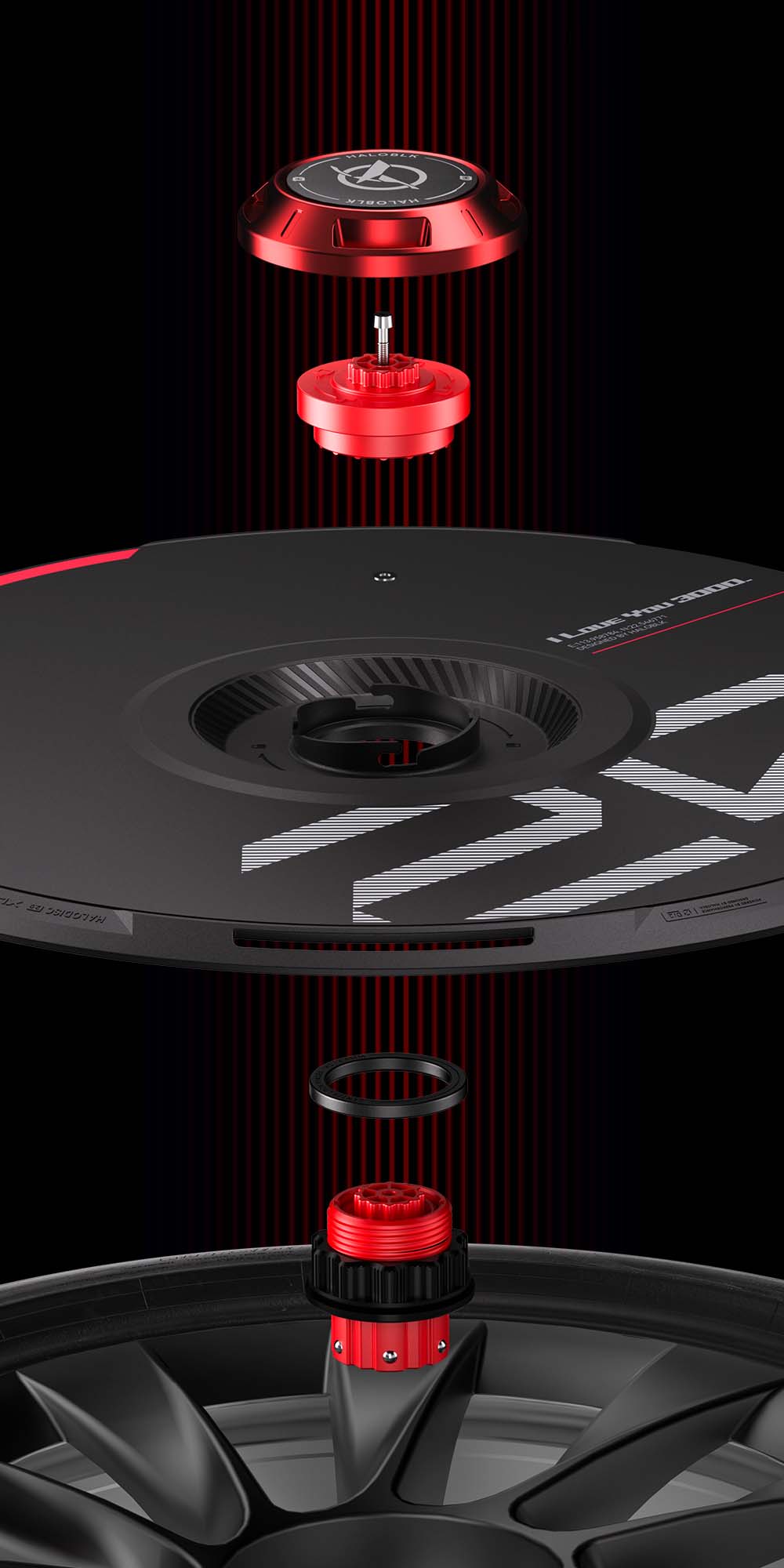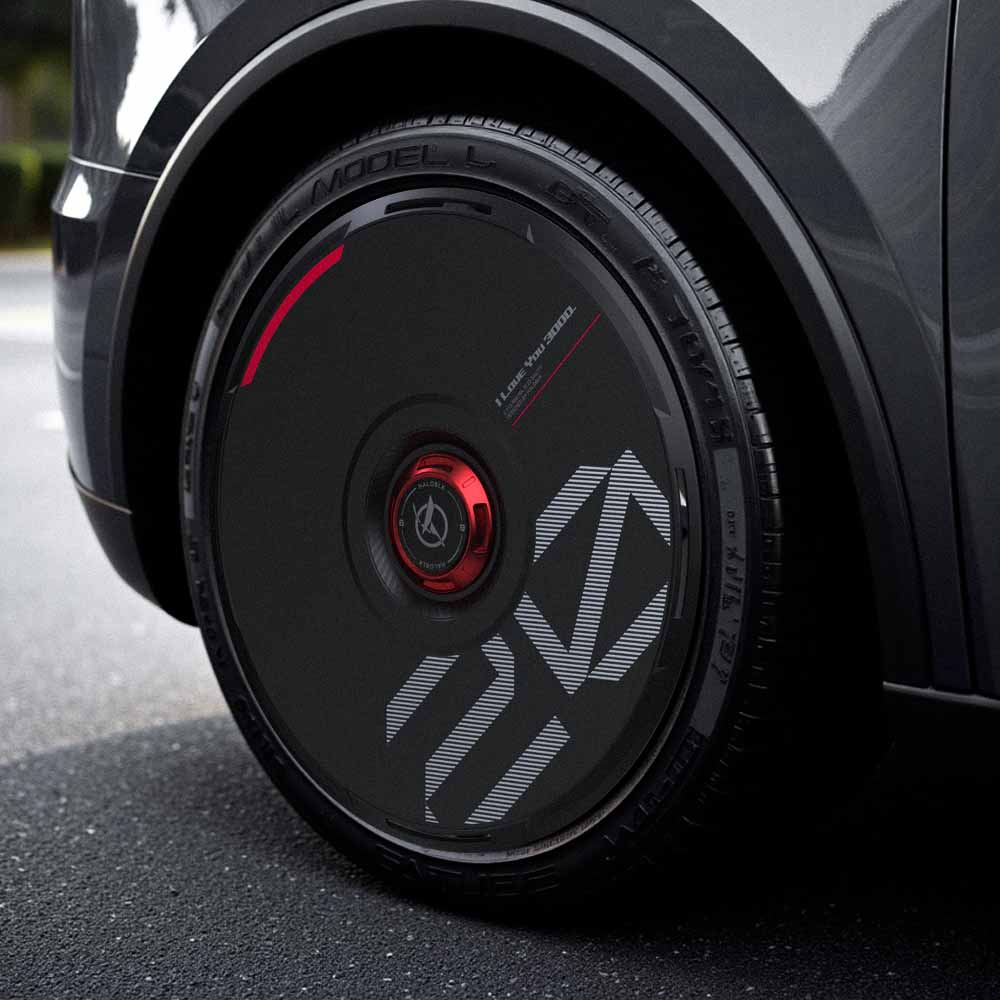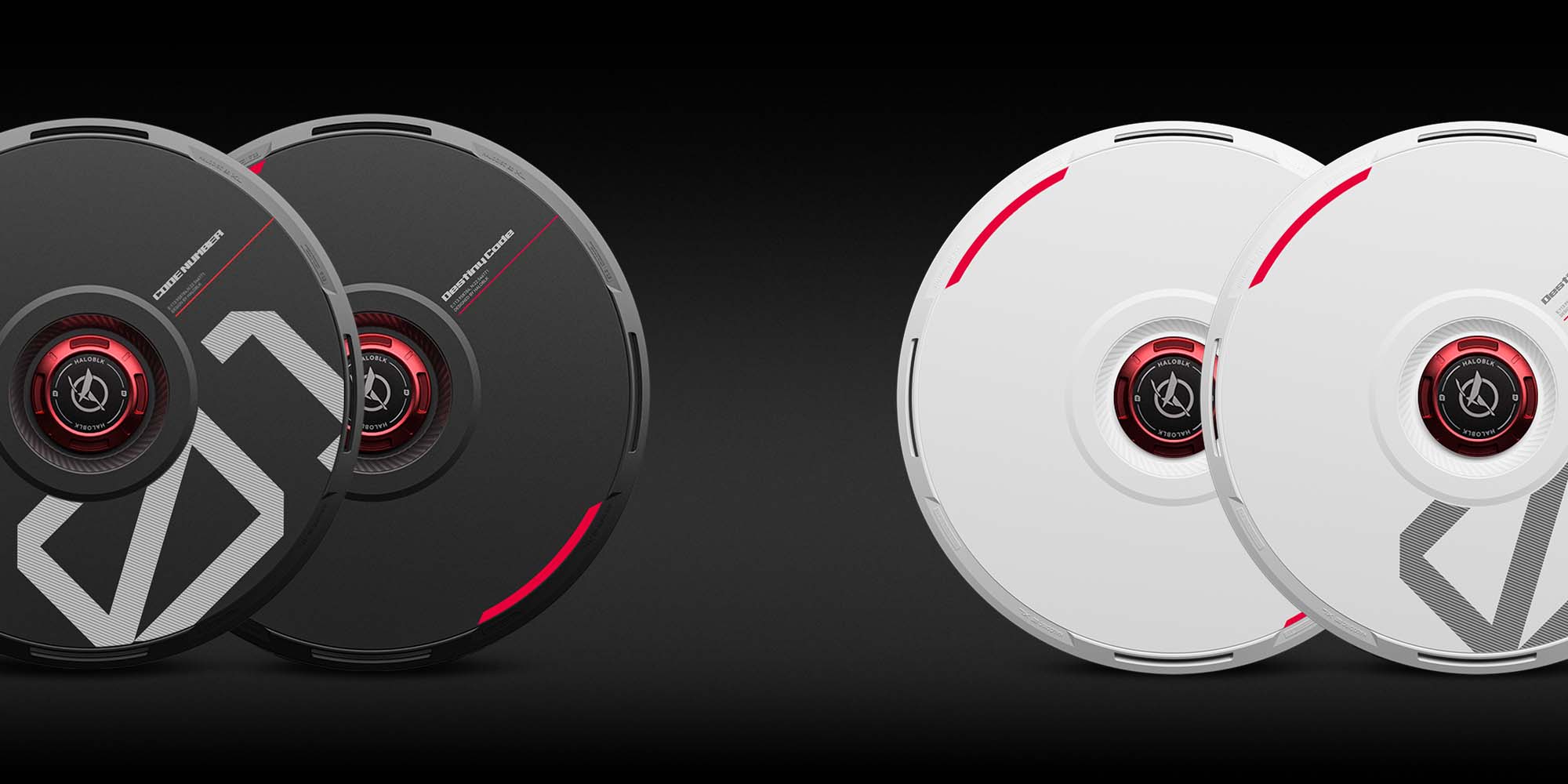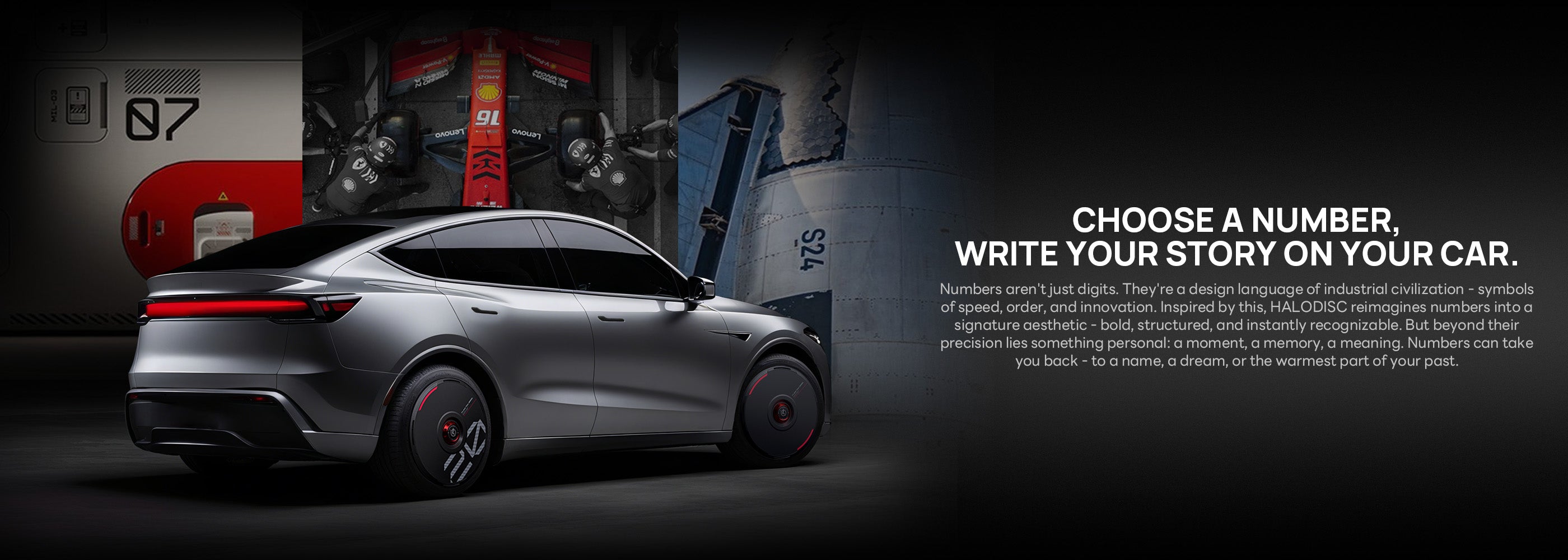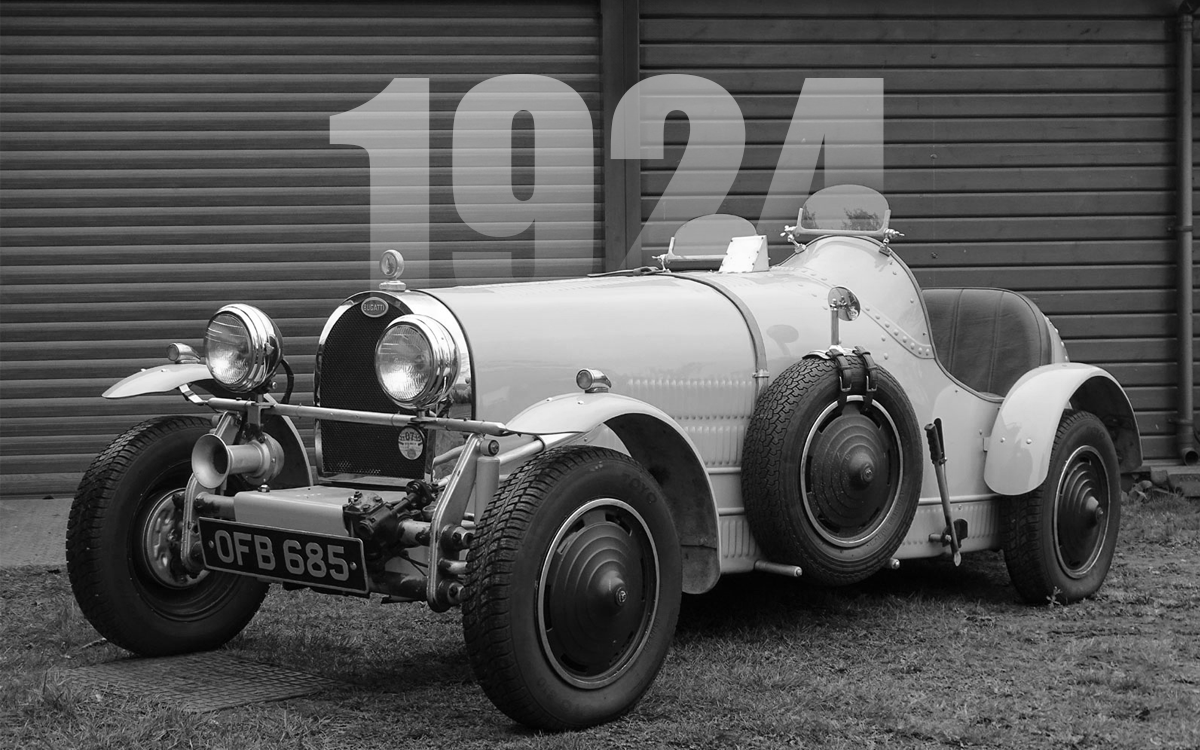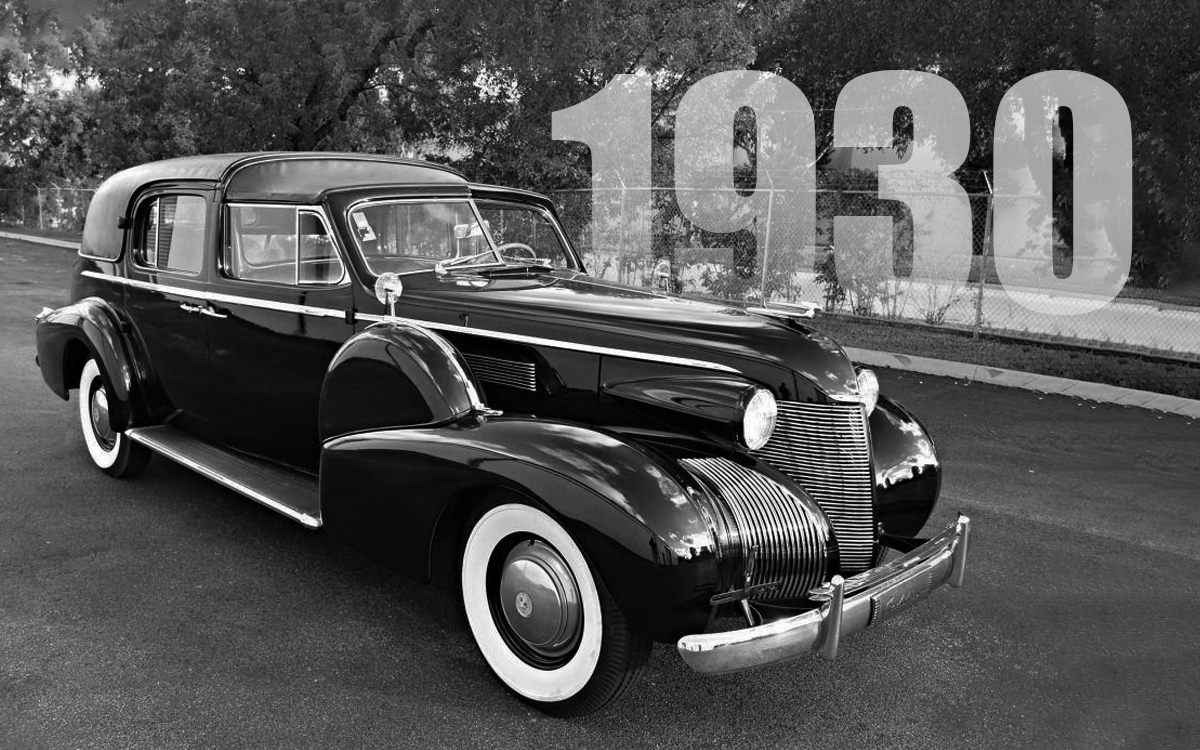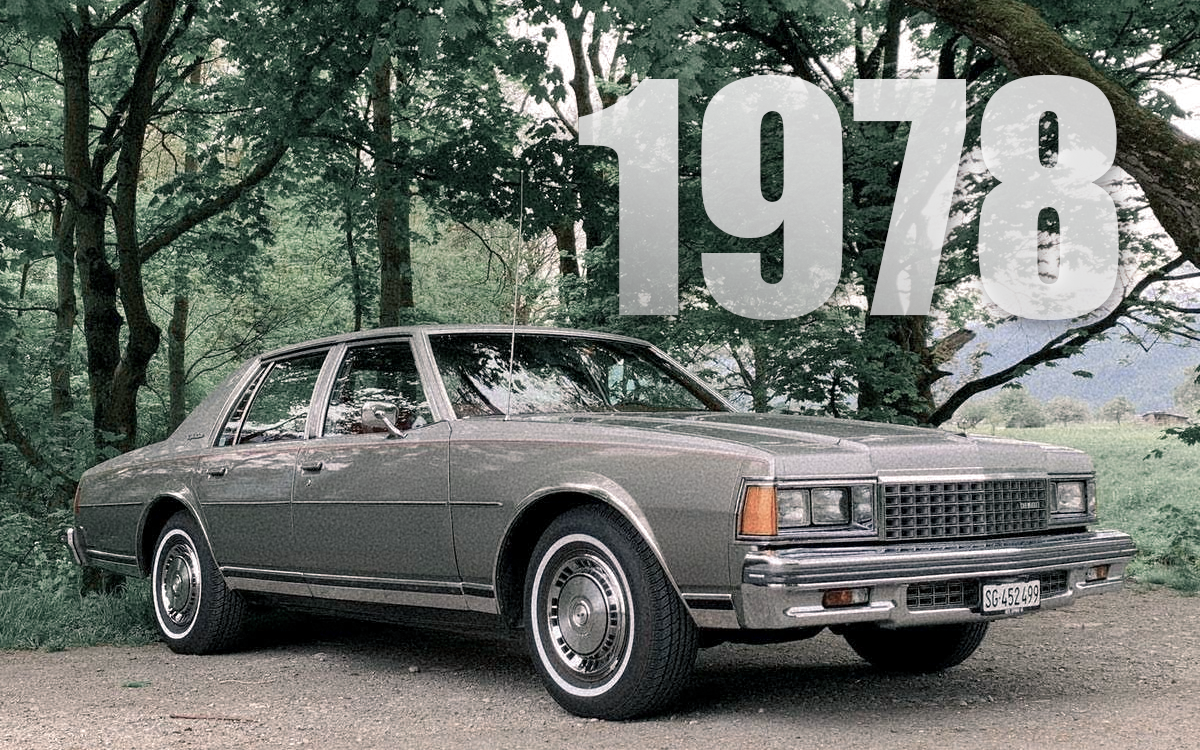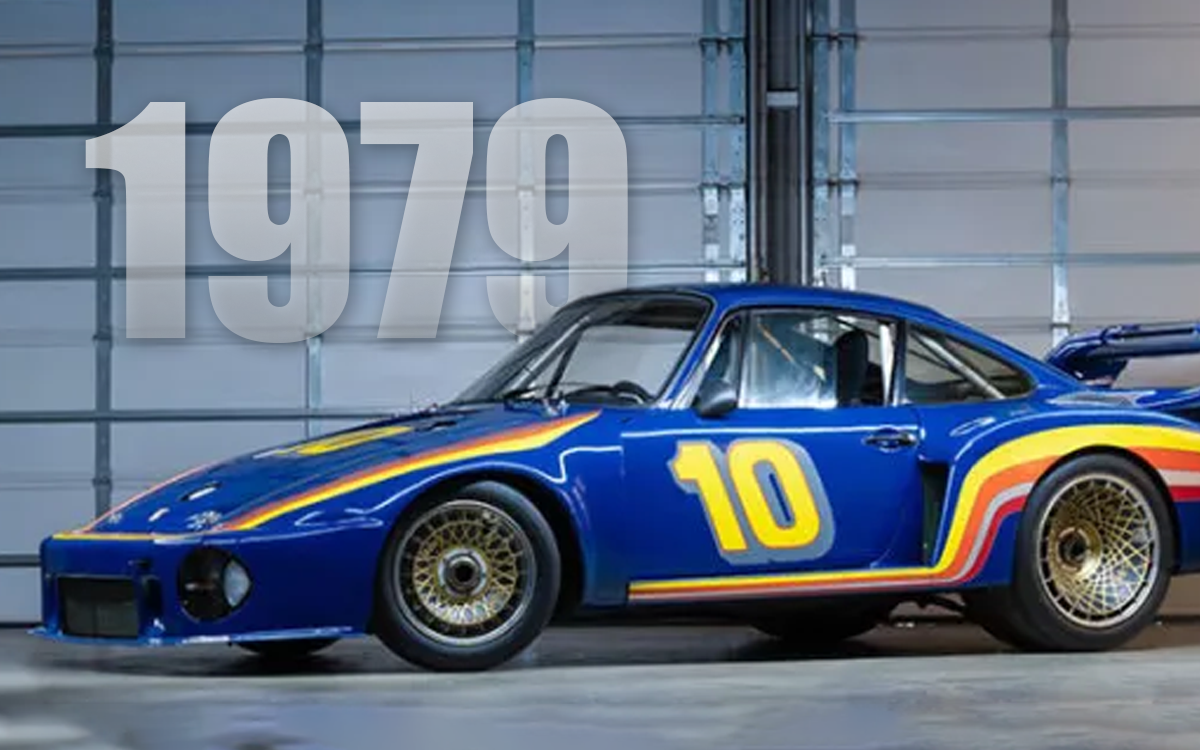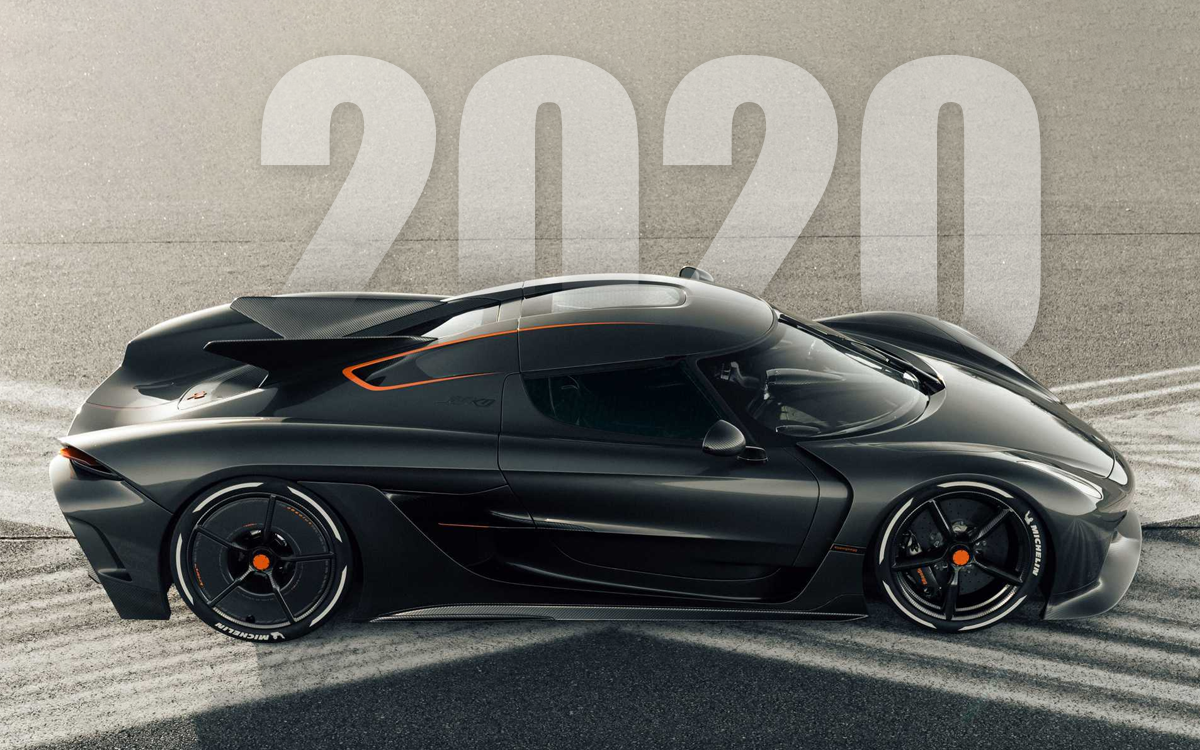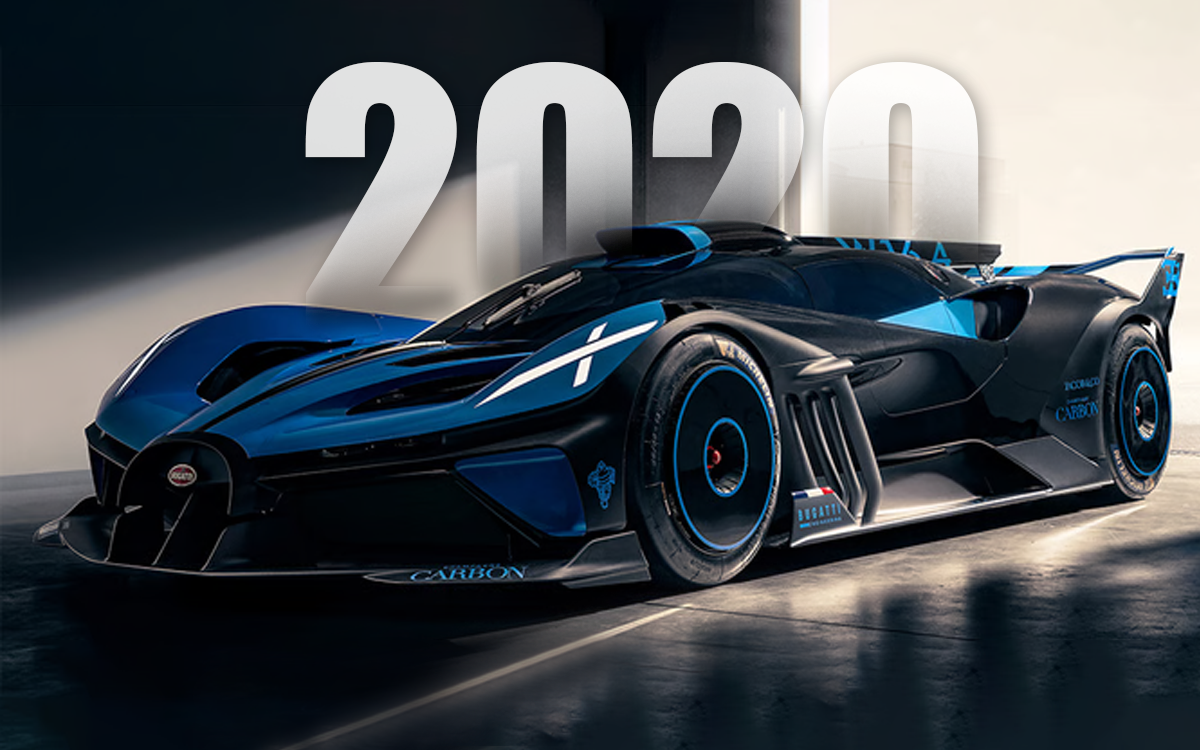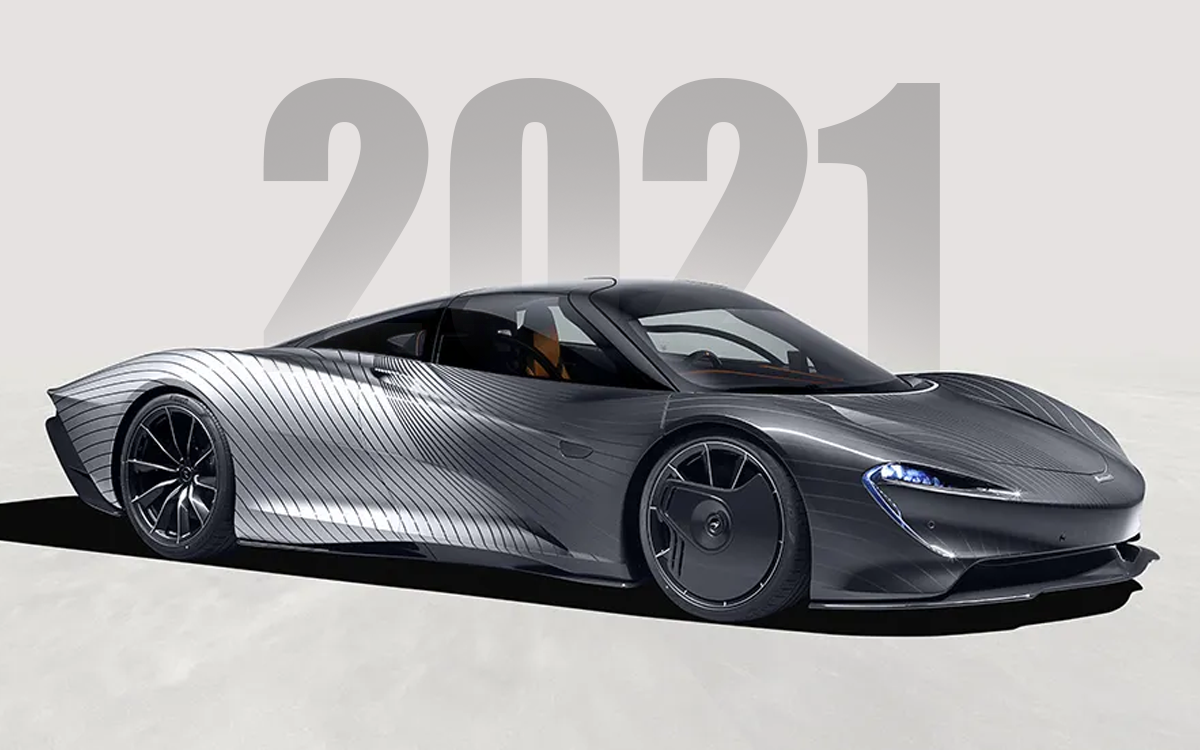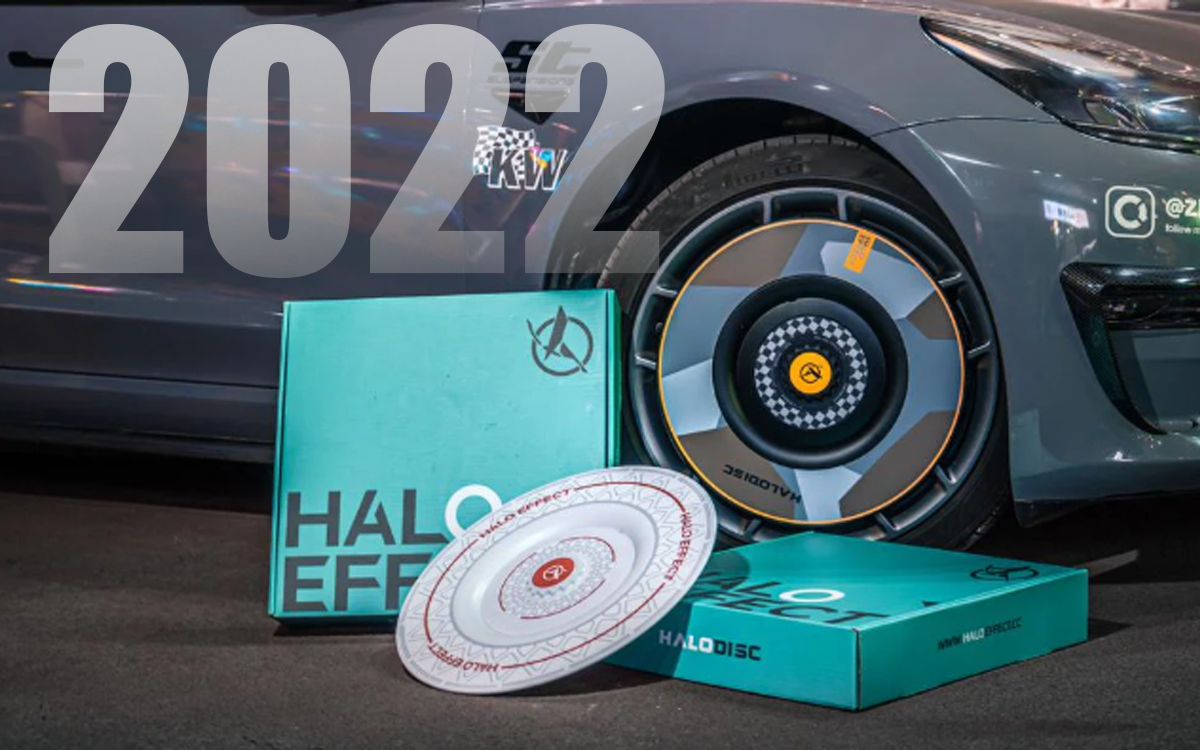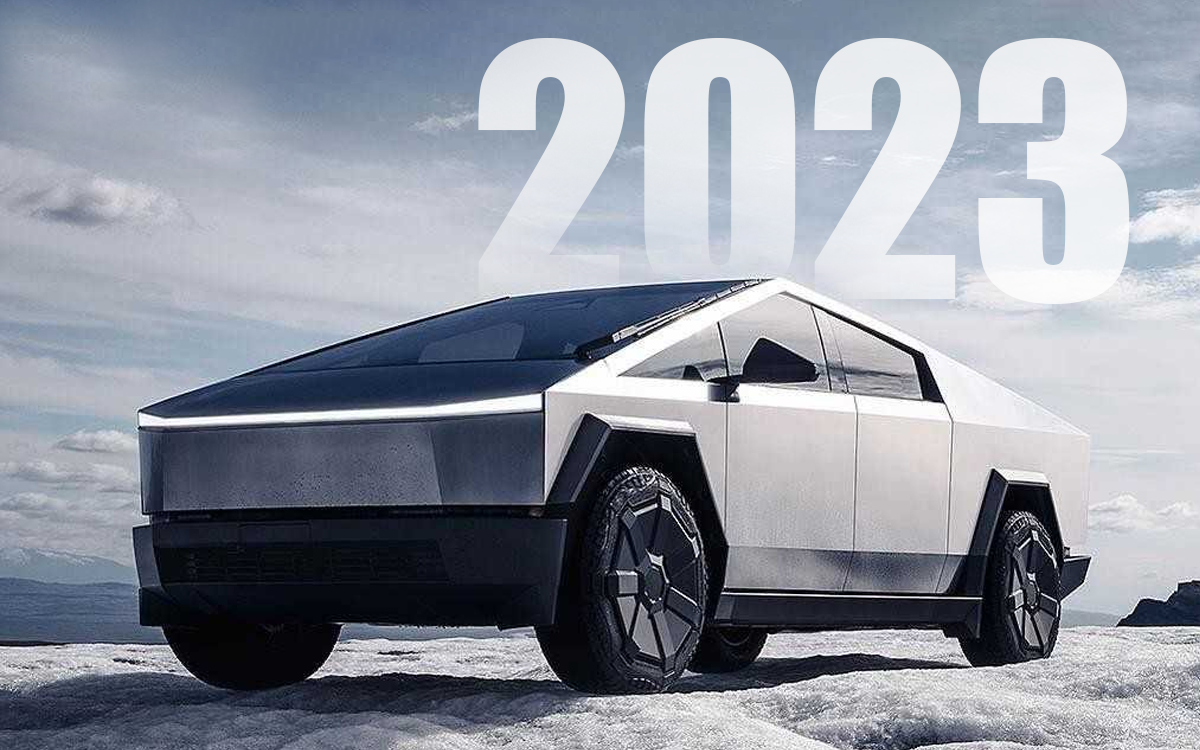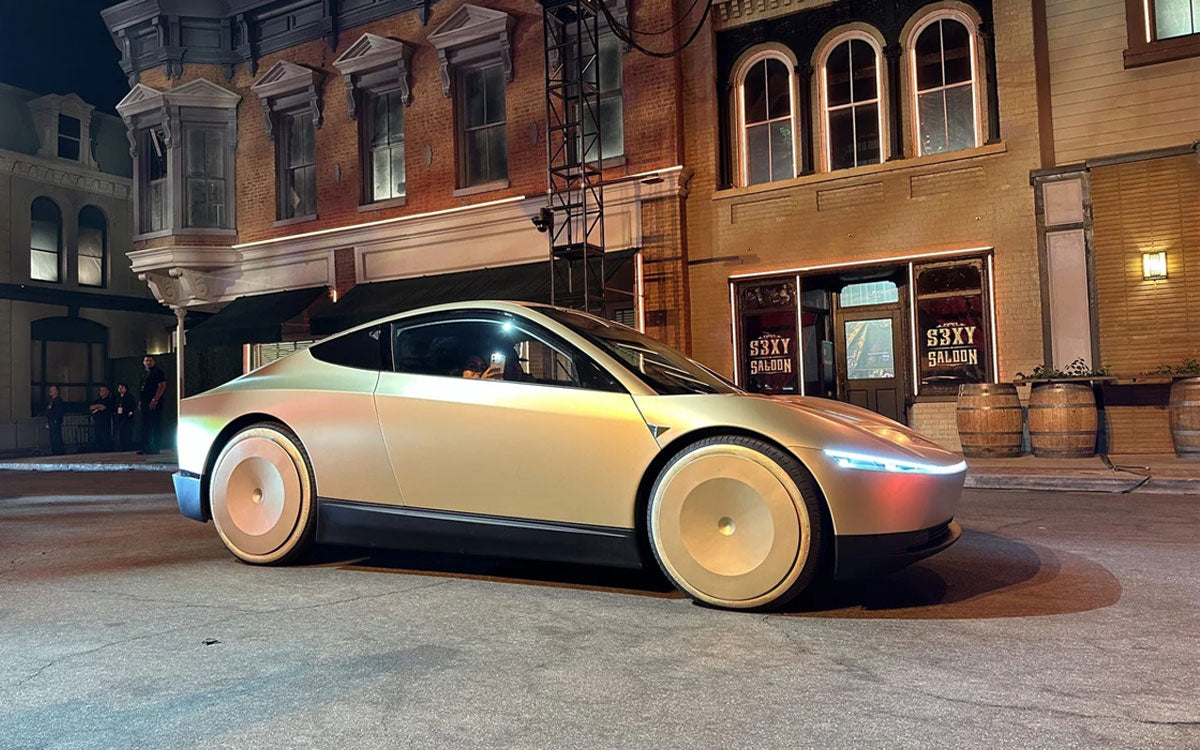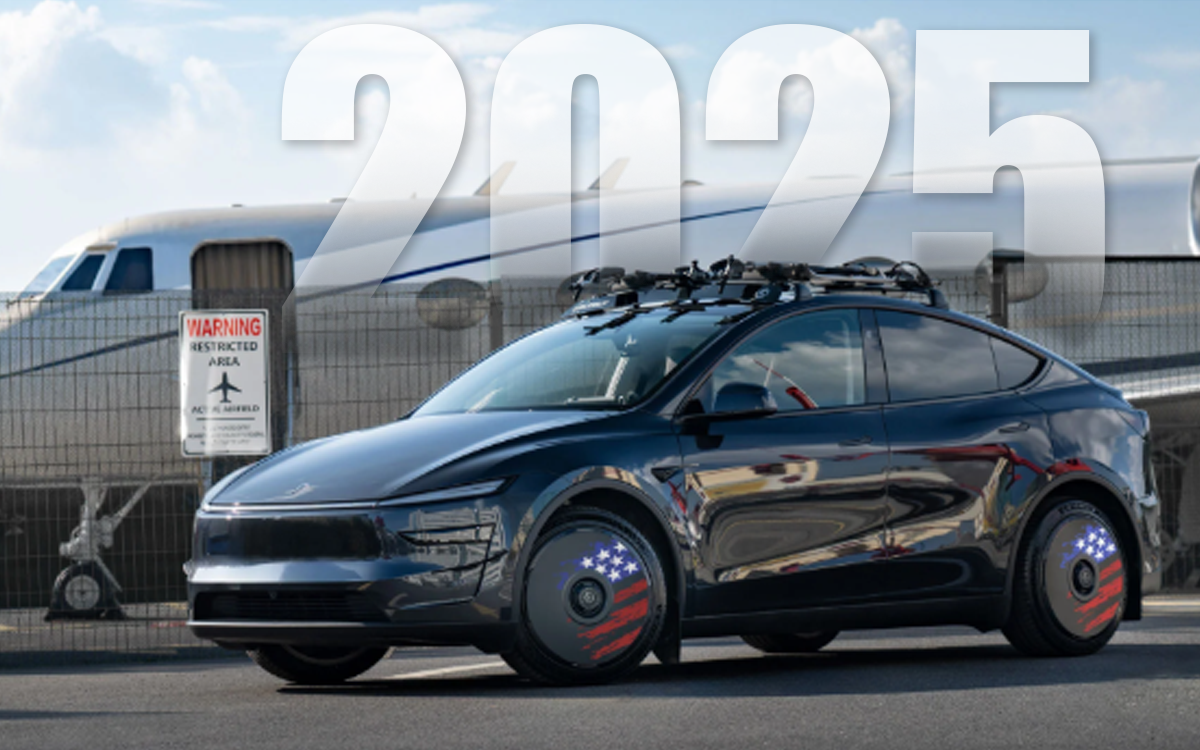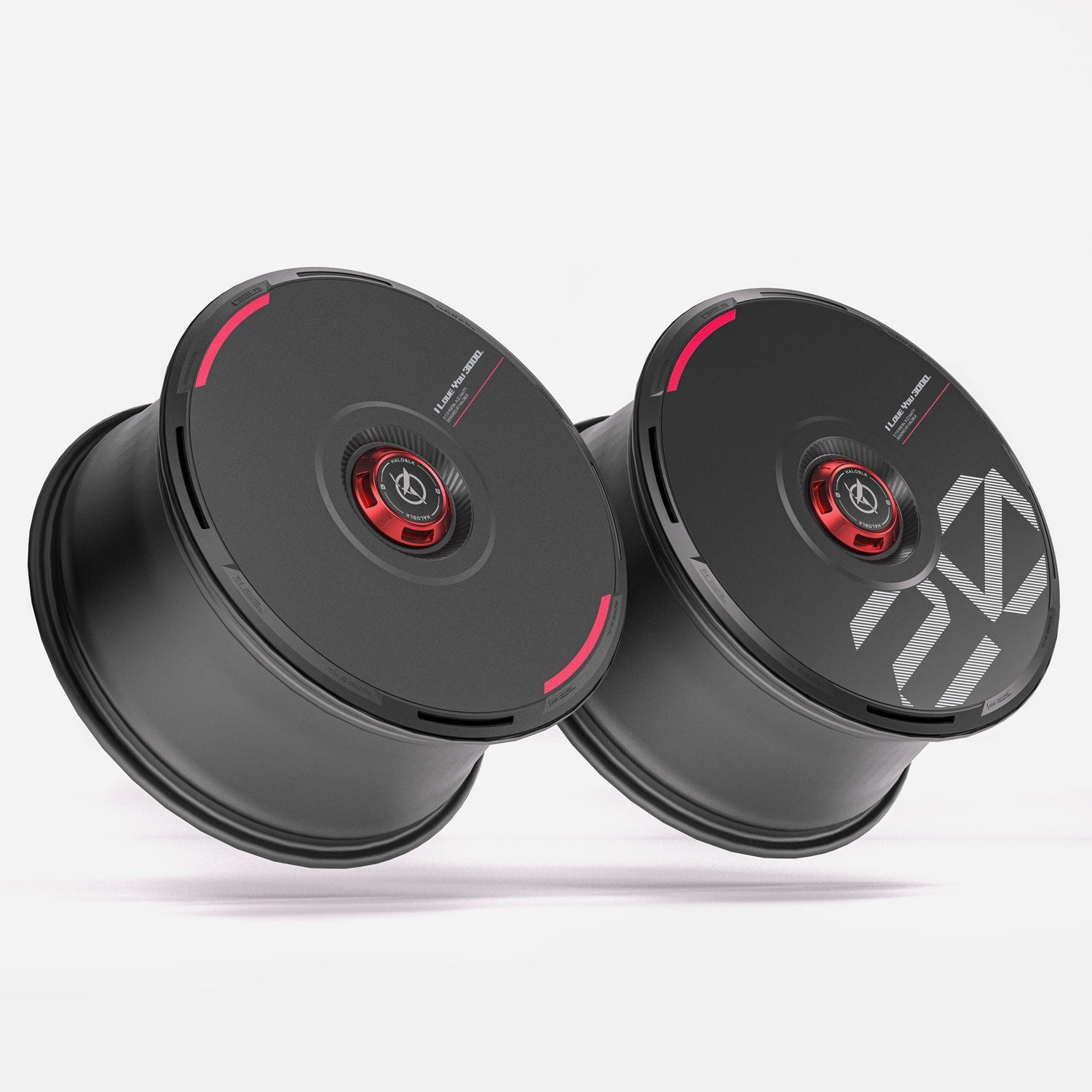
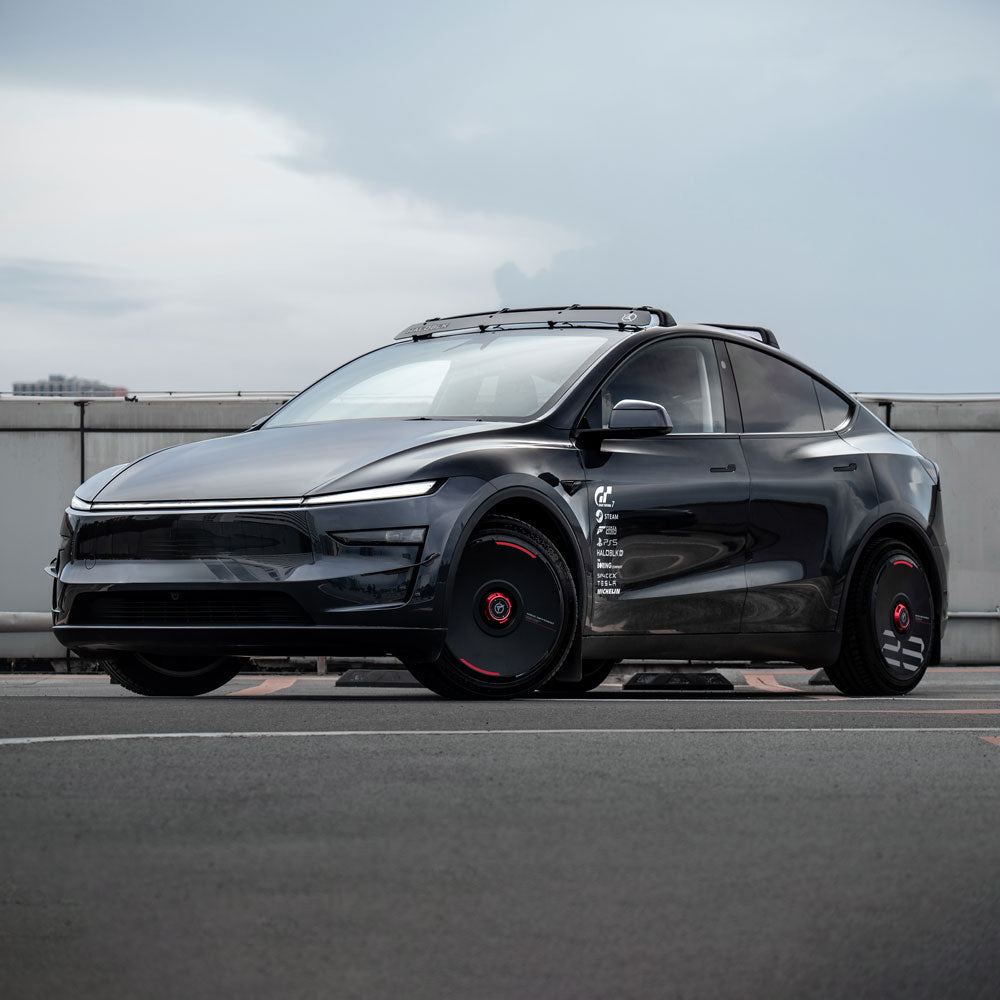
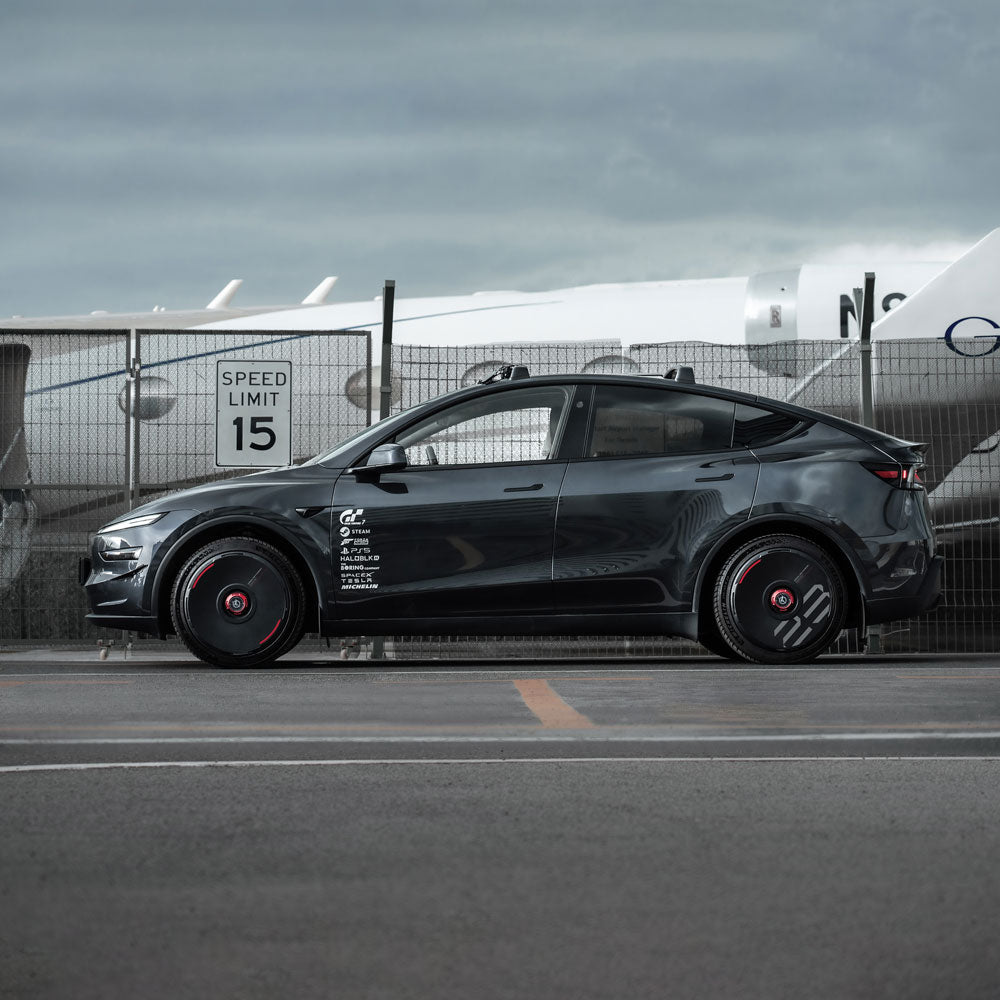
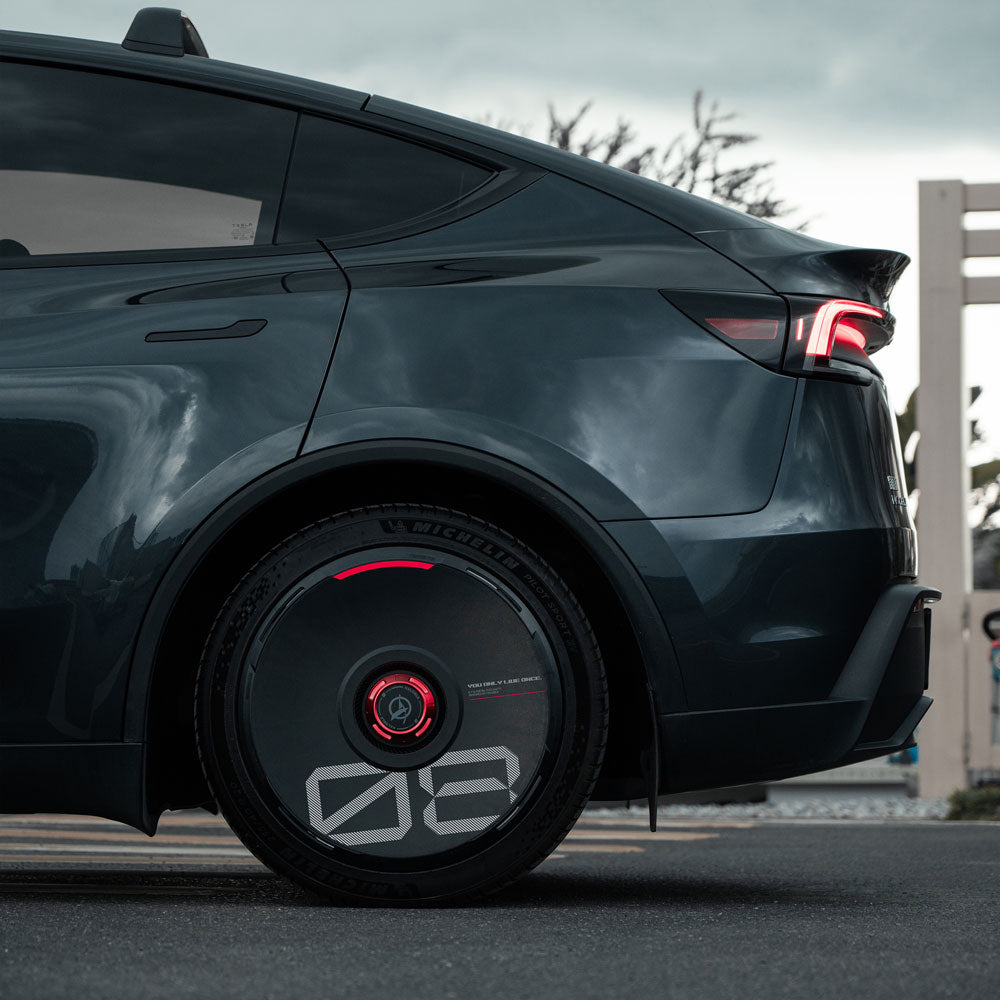
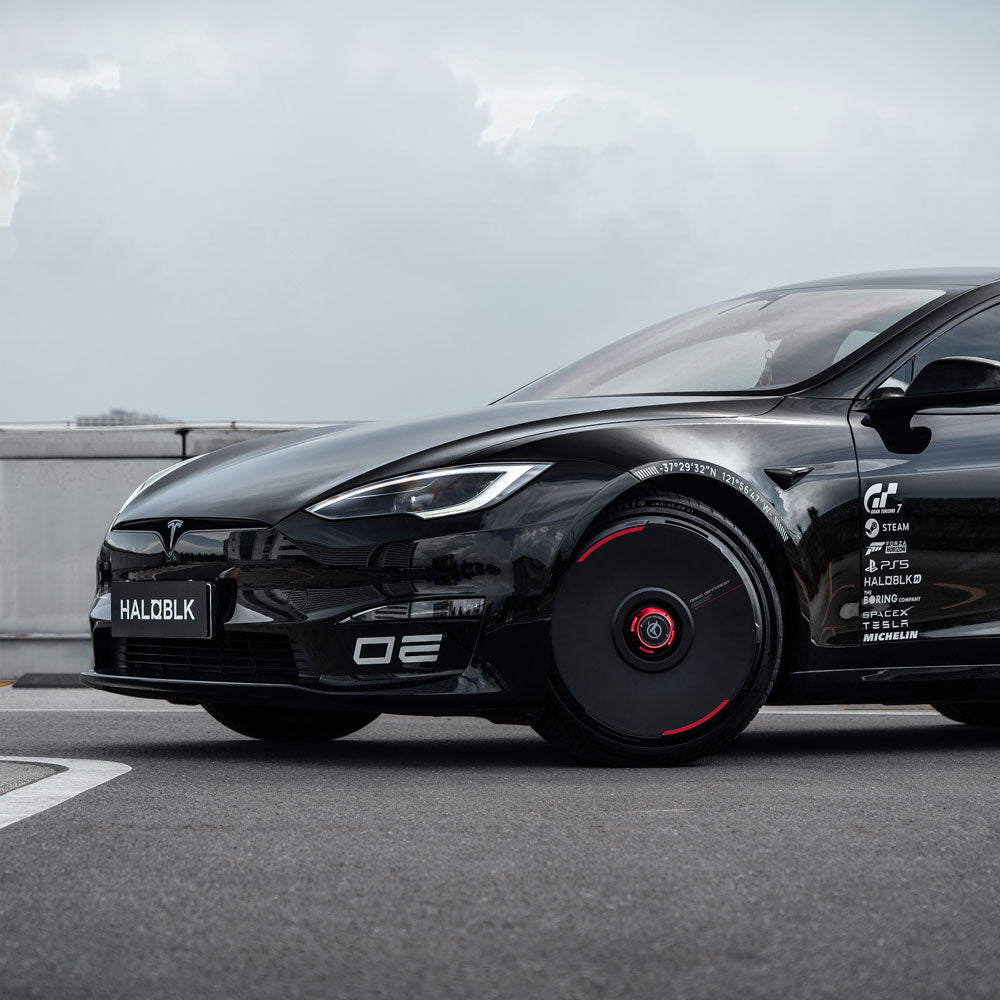
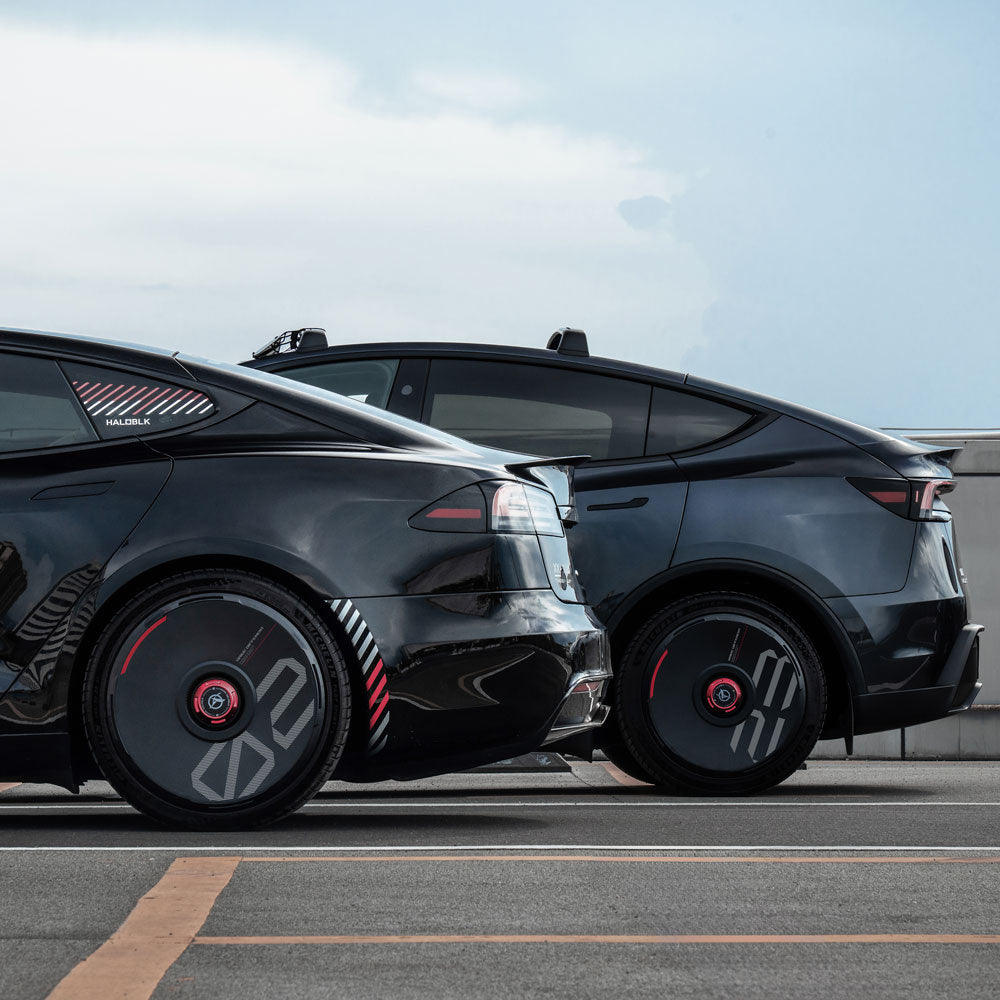
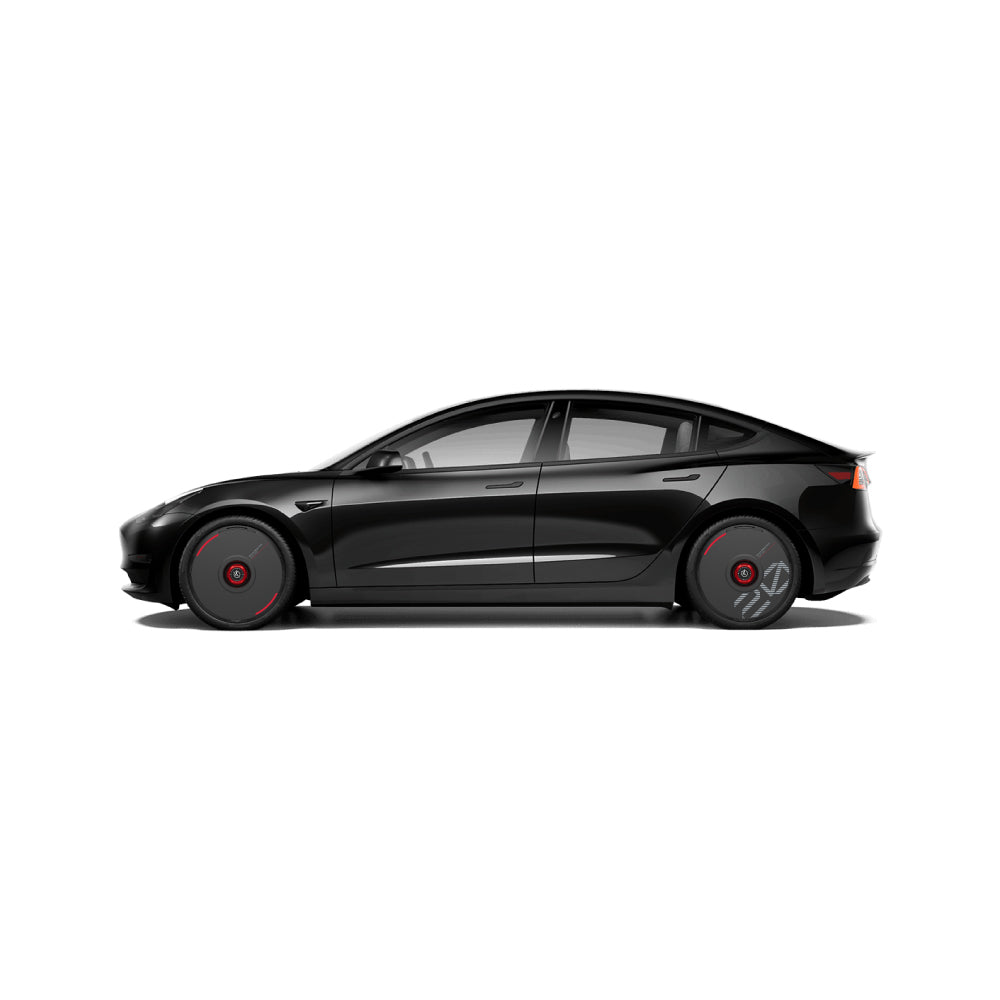
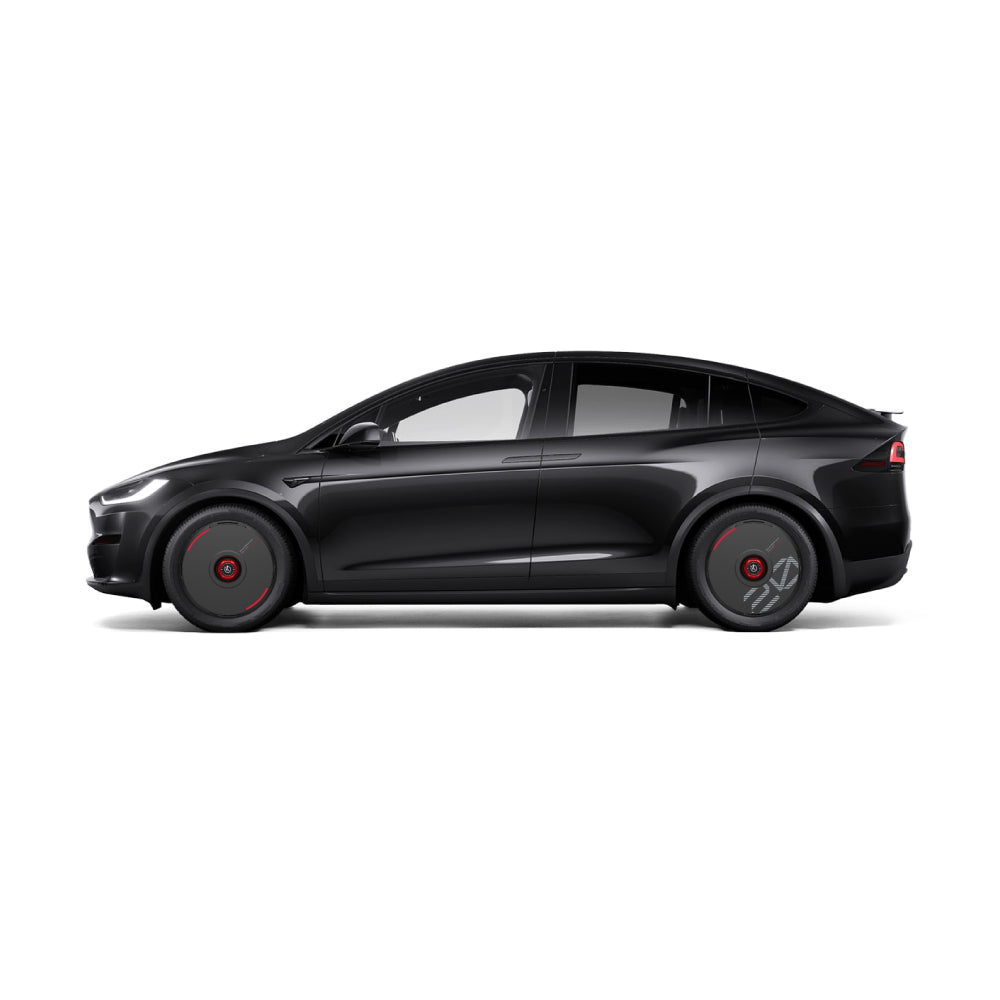
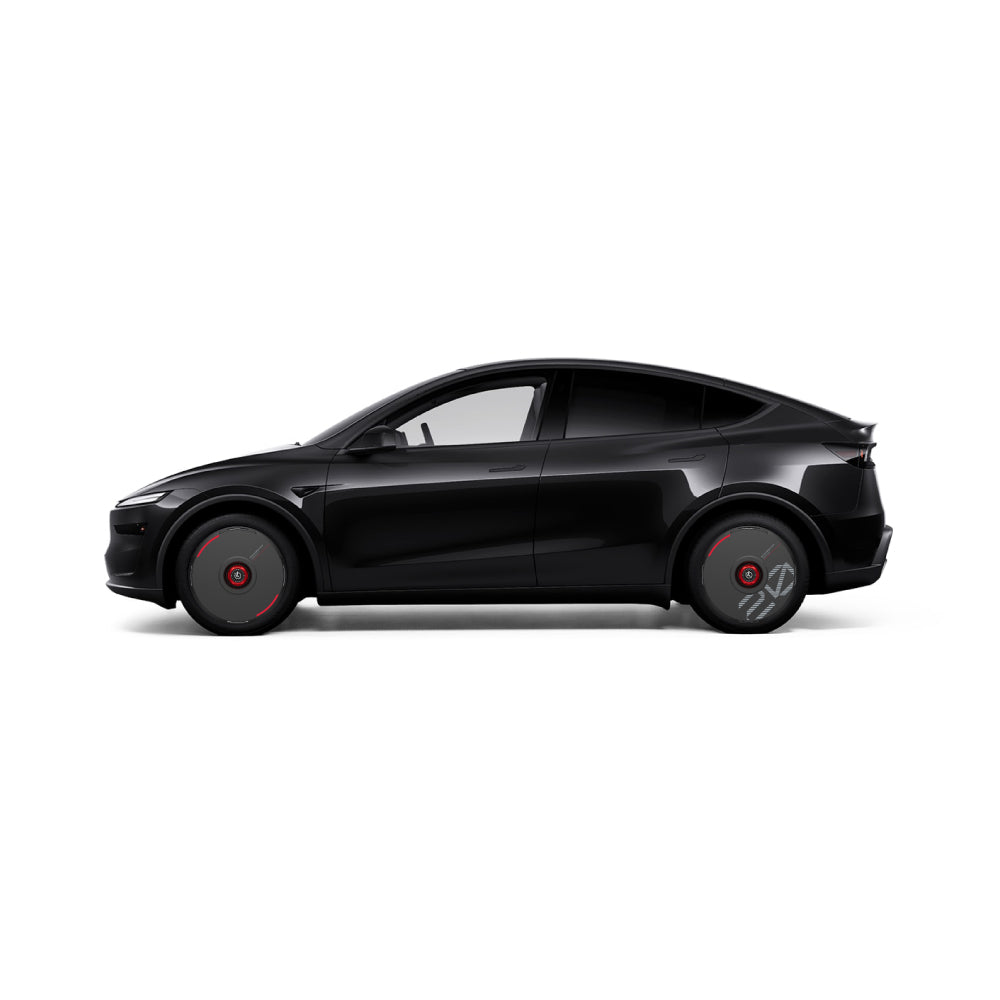
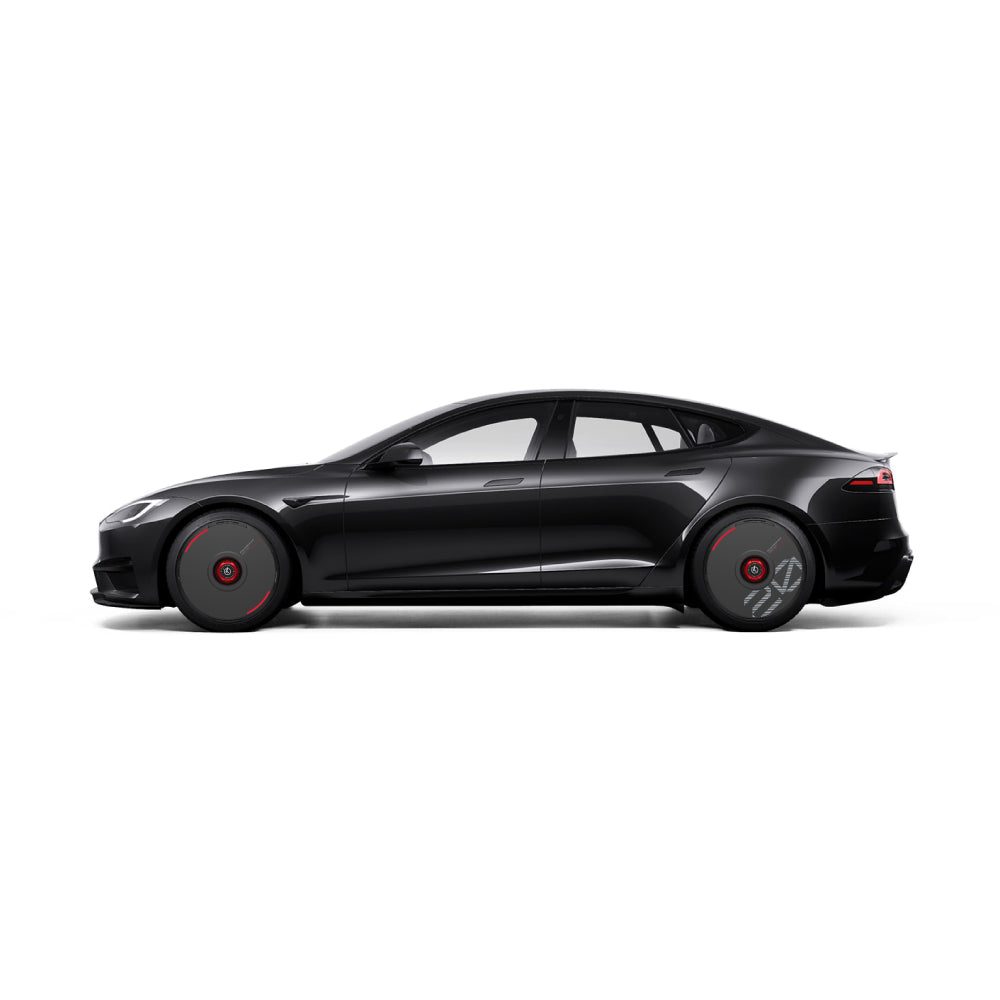
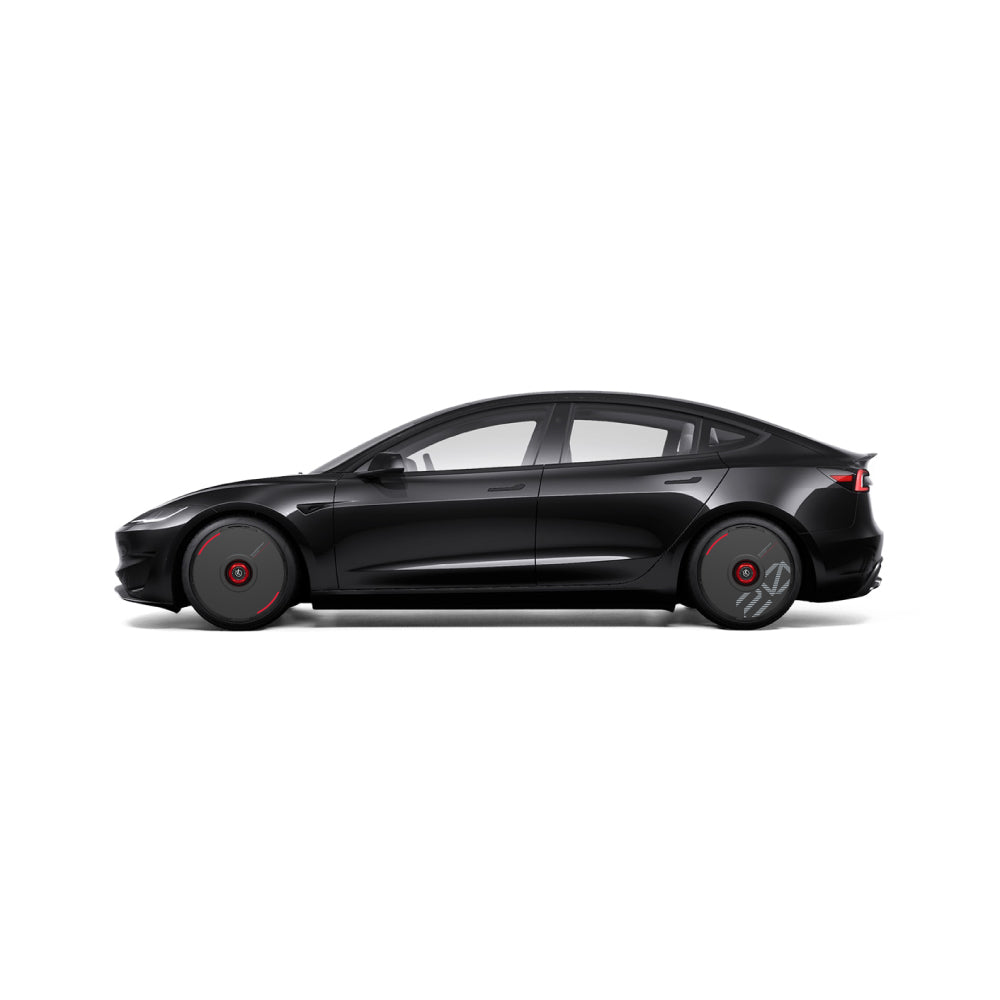
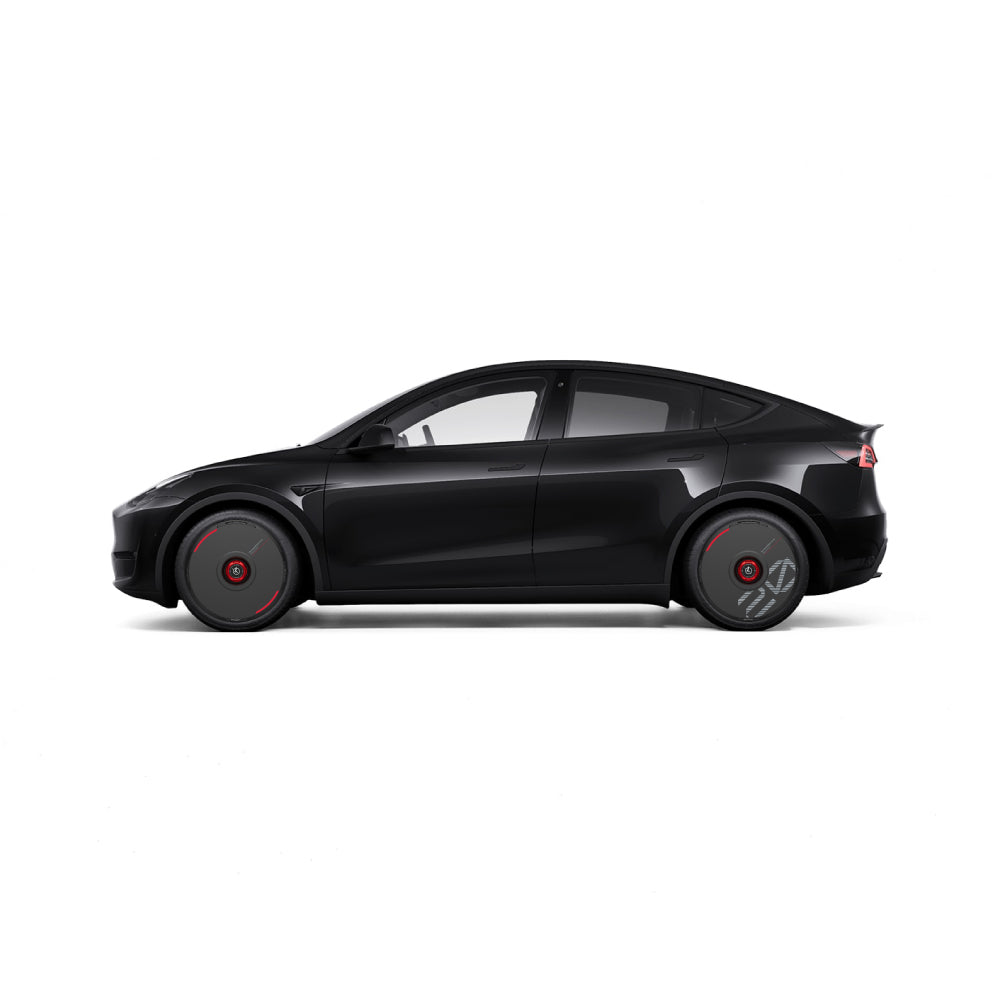
HALODISC 2 Wheel Covers for Tesla | Custom Numbers-Black
Product Features
• Range Boost – Improves range by up to 10%, for every trip.
• Full Protection – Wrap-around design prevents curb rash & scratches, keeping wheels like new.
• Anti-Theft Lock – Center-lock system with a dedicated wrench, only removable by the owner.
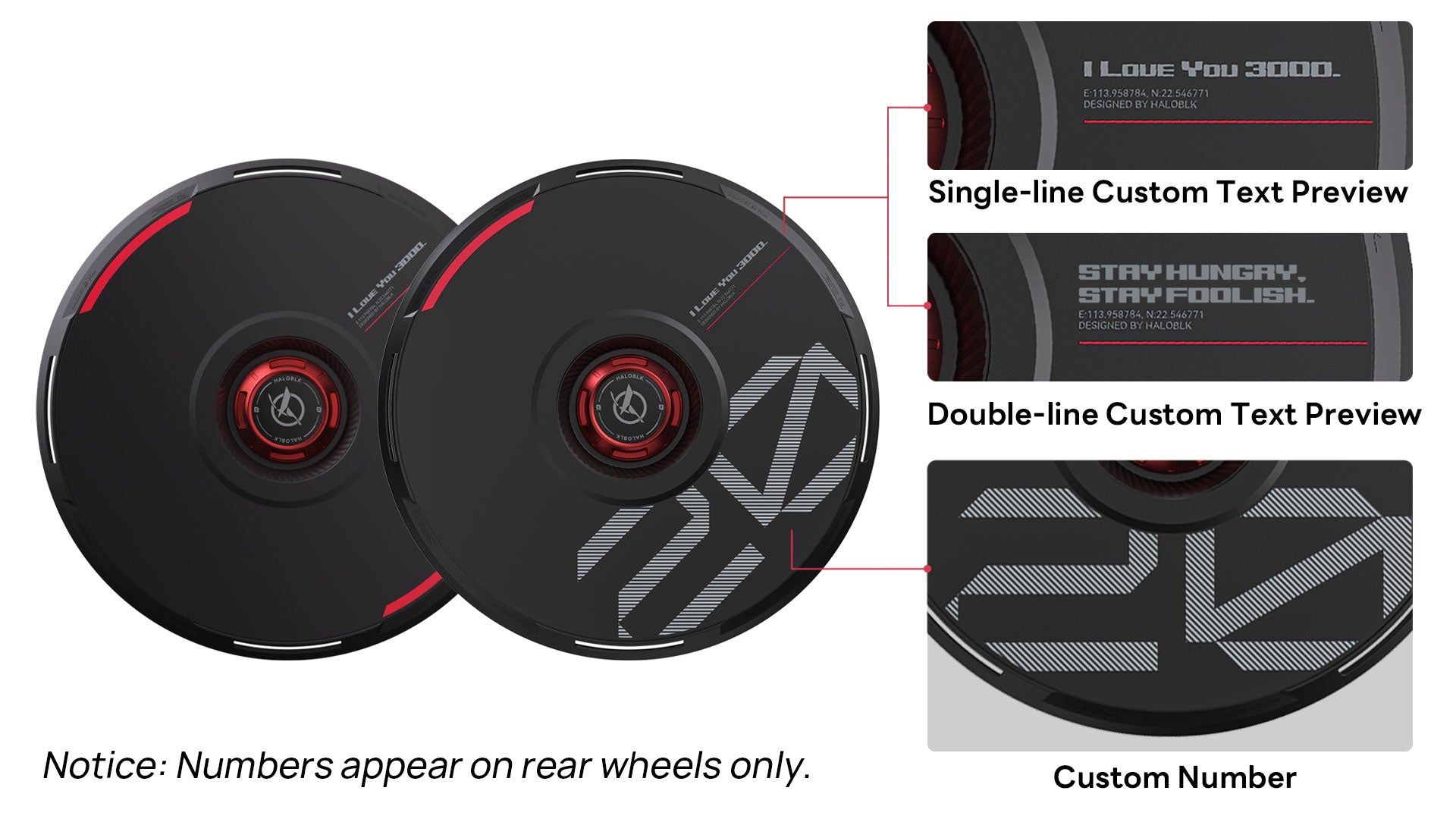
HALOBLK is committed to delivering premium products with exceptional performance and craftsmanship. This policy outlines the terms under which returns, exchanges, and warranty claims are accepted, and is designed to protect both our customers and our company from misuse or abuse.
1.Warranty Coverage
HALOBLK provides warranty service for HALODISC products purchased from authorized sellers, covering defects in manufacturing or materials under normal use.
2.Warranty Period
2.1 Warranty Duration:
The HALODISC product is warranted for 6 months from the date of purchase. Proof of purchase (e.g., receipt or order number) is required to verify the purchase date.
2.2 7-Day Return Period:
Within 7-days of purchase, if the product is unused, in its original packaging, and undamaged, customers may request a refund or exchange.
3.Warranty Conditions
3.1 Covered Issues:
Product failure due to manufacturing defects or material issues.The product must be returned with its original packaging, accessories, and manual.
3.2 Non-Covered Issues:
3.2.1 Damage due to misuse, collision, dropping, improper handling, or failure to follow installation instructions.
3.2.2 Normal wear and tear (scratches, paint chipping, stains).
3.2.3 Unauthorized repairs or modifications.
3.2.4 Track or aggressive driving damage, high-speed water exposure, or chemical corrosion.
3.2.5 Color fading within 6 months if within acceptable industry tolerance.
3.2.6 Products beyond the warranty period.
3.2.7 Damage caused by accidents, natural disasters, or force majeure.
3.2.8 Products previously repaired or replaced (not eligible for the 7-day return period).
3.3 Custom Products:
Custom products are warrantied only for defects in workmanship or materials, not for preference changes or minor visual variations.
4.Warranty Process
4.1 Contact Customer Service:
Reach out to HALOBLK customer support at support@haloblk.com or via the official website (www.haloblk.com) to initiate a warranty claim.
4.2 Submit Information:
4.2.1 Provide the purchase receipt or order number.
4.2.2 Describe the issue in detail, including photos or videos if applicable.
4.3 Review & Instructions
HALOBLK will review eligibility for a return, exchange, or warranty claim and provide either a return address or a prepaid return label (if applicable).
4.4 Return the Product:
After approval from customer service, send the product to the designated address.
4.4.1 For returns due to manufacturing defects or quality issues, HALOBLK will cover shipping costs.
4.4.2 For returns due to personal reasons (e.g., change of mind), the buyer is responsible for shipping costs.
4.4.3 For international orders, the customer pays all return shipping costs and duties.
4.4.4 Actual shipping cost is subject to the carrier’s provided receipt.
4.5 Inspection and Resolution:
HALOBLK technicians will inspect the product to confirm if the issue falls under warranty coverage.
4.5.1 If eligible, HALOBLK will refund or replace the product at no cost.
4.5.2 If not eligible, customer service will inform the customer and provide a return label.
5.Important Notes
5.1 Fitment Confirmation Before Installation: If you are unsure about compatibility, do not install. Installation can leave marks that may disqualify returns/exchanges.
5.2 Non-Transferable Warranty:Warranty applies only to the original purchaser.
5.3 Regional Variations: Certain terms may vary by country/region laws.
5.4 Final Interpretation: HALOBLK reserves the right of final interpretation of this policy.
6.Contact Information
For any inquiries, please contact:
Email: support@haloblk.com
Website: www.haloblk.com
Phone: +1 626-784-8999 (Weekdays, 9:00 AM - 5:00 PM)
1. Fitment Responsibility
1.1 Pre-Purchase Verification
Customers are solely responsible for confirming product compatibility with their vehicle’s model, year, wheel size, and wheel type before placing an order. HALOBLK provides a Fitment Guide and customer support for assistance.
1.2 Installation Constitutes Acceptance
Once a product is installed on a vehicle, it is deemed accepted as properly fitting, and returns will not be accepted for fitment issues, personal preferences, or any other non-defect reasons, unless there is a confirmed manufacturing defect.
1.3 Wrong Selection
Due to the special nature of Custom Numbers HALODISC, which cannot be resold once produced, returns or exchanges for incorrect product selection are not accepted.
2. Non-Returnable Items
The following are not eligible for return or exchange unless a manufacturing defect is confirmed:
2.1 Installed products showing visible signs of use (scratches, adhesive residue, paint chipping, latch marks, etc.) unrelated to a defect.
2.2 HALODISC products with tamper-proof seals labeled “Return Proof — Void if Cut” where more than one set of wheel attachments has been cut.
2.3 Products damaged by improper installation (over-tightening, under-tightening, use of incorrect tools, skipping required steps).
2.4 International orders with duties, taxes, or import fees already paid.
3. Definition of Quality Issues
Accepted as a “quality issue” only if:
3.1 There is a manufacturing defect (structural breakage, size deviation, printing error, material delamination).
3.2 The product sustained shipping damage, supported by unboxing photos/videos taken before installation.
3.3 HALOBLK shipped the wrong model, color, or accessories.
4. Proof Requirements
4.1 All claims must include clear photos or videos showing the full product, the defect, and the order number/date written on paper in the same frame.
4.2 For shipping damage, images of the outer packaging and product are required.
4.3 Claims without required proof will be denied.
5. Return & Exchange Requests
5.1 Timeframes
Customers must contact HALOBLK within 14 days from the date of delivery.
5.2 Process
5.2.1 Submit a request via our automated portal or email: support@haloblk.com.
5.2.2 If approved, HALOBLK will provide a return address or prepaid label (if applicable).
5.2.3 Ship the product within 3 business days of approval and provide a valid tracking number.
5.3 Shipping Costs
5.3.1 HALOBLK pays for return/exchange shipping if caused by a quality issue or our shipping error.
5.3.2 Actual shipping cost is subject to the carrier’s provided receipt.
6. Disclaimer
6.1 Incorrect Contact Information If the contact information provided by the recipient in the order is incorrect, causing the local carrier or customs to be unable to reach them, the recipient shall bear full responsibility and all related costs arising from clearance failure, delays, return, or destruction of the goods.
6.2 Failure to Cooperate with Clearance If the recipient fails to respond in a timely manner to notifications from the local carrier or customs, including assisting with import clearance or submitting required documents (such as ID, tax number, authorization letter, etc.), the recipient shall bear full responsibility and all related costs resulting from clearance failure, delays, return, or destruction of the goods.
6.3 Incorrect Shipping AddressIf the shipping address provided by the recipient in the order is incorrect, resulting in delivery failure, the recipient shall bear full responsibility and all related costs.
6.4 Return or Destruction of Goods If the goods are destroyed due to clearance failure or other reasons, HALOBLK shall not be responsible for refunding the order, and all costs arising from the destruction shall be borne by the recipient.If the goods are returned, the recipient shall bear the cost of returning the goods.Once goods are destroyed or returned due to clearance issues, the order shall be deemed completed, and HALOBLK has no obligation to provide refund, reshipment, or other forms of compensation.
6.5 Language and Tracking Information Due to translation differences among local languages, English, and Chinese, tracking information is for reference only. In case of discrepancies, the final explanation provided by the carrier or customs shall prevail.
6.6 Force Majeure HALOBLK shall not be liable for any loss, delay, return, or destruction of goods caused by force majeure events, including but not limited to natural disasters, wars, strikes, epidemics, government regulations, or changes in customs policies.
6.7 Official Evidence All actual costs and responsibilities shall be based on official receipts, notices, or certificates issued by the carrier, customs, or other relevant authorities.
Looking for Warranty & Insurance?
Learn more
HALODISC is designed exclusively for standard street use. It is not intended for track driving, racing, or high-speed use exceeding 110 mph (177 km/h). Exceeding the recommended speed limit or improper installation may result in product damage or detachment.
HALOBLK shall not be held liable for any damage, loss, or injury resulting from misuse, high-speed operation, or failure to follow installation instructions. By using this product, you acknowledge and agree to these terms.
Please note that HALODISC2 wheel covers are designed to provide an additional layer of protection against curb rash and minor scrapes. While they can effectively reduce the likelihood of wheel damage from light contact, they cannot guarantee complete protection under severe impact.
In cases of strong or direct collisions — such as hitting a curb at high speed or at a sharp angle — the cover may lift or detach slightly. This is an intentional safety feature designed to absorb part of the force and help protect both the wheel and the structural integrity of the HALODISC.
Simply put, minor scuffs are no problem, but extreme impacts are beyond the limits of physical protection. Please drive with care and avoid heavy curb contact whenever possible.

Gallery
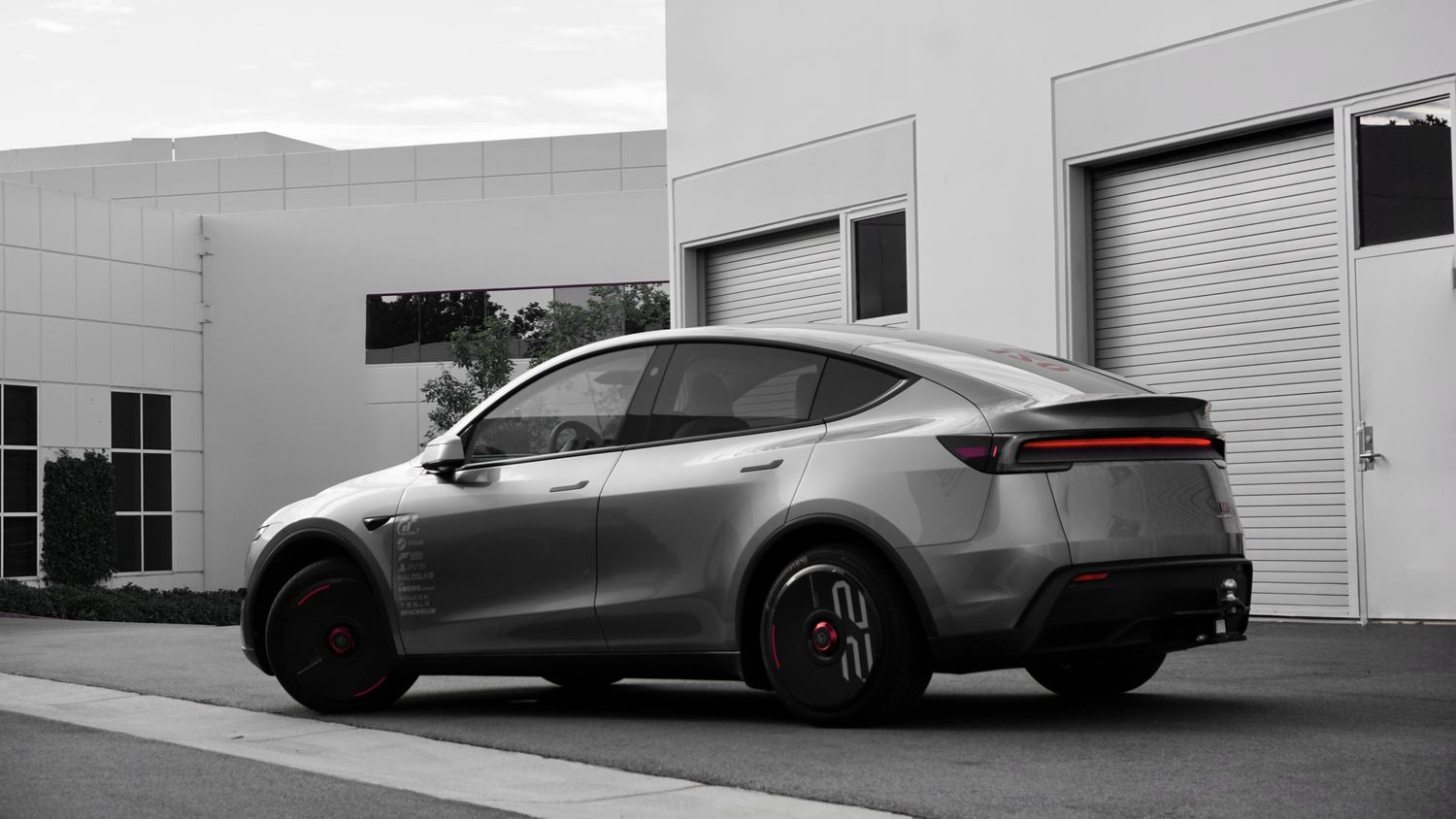
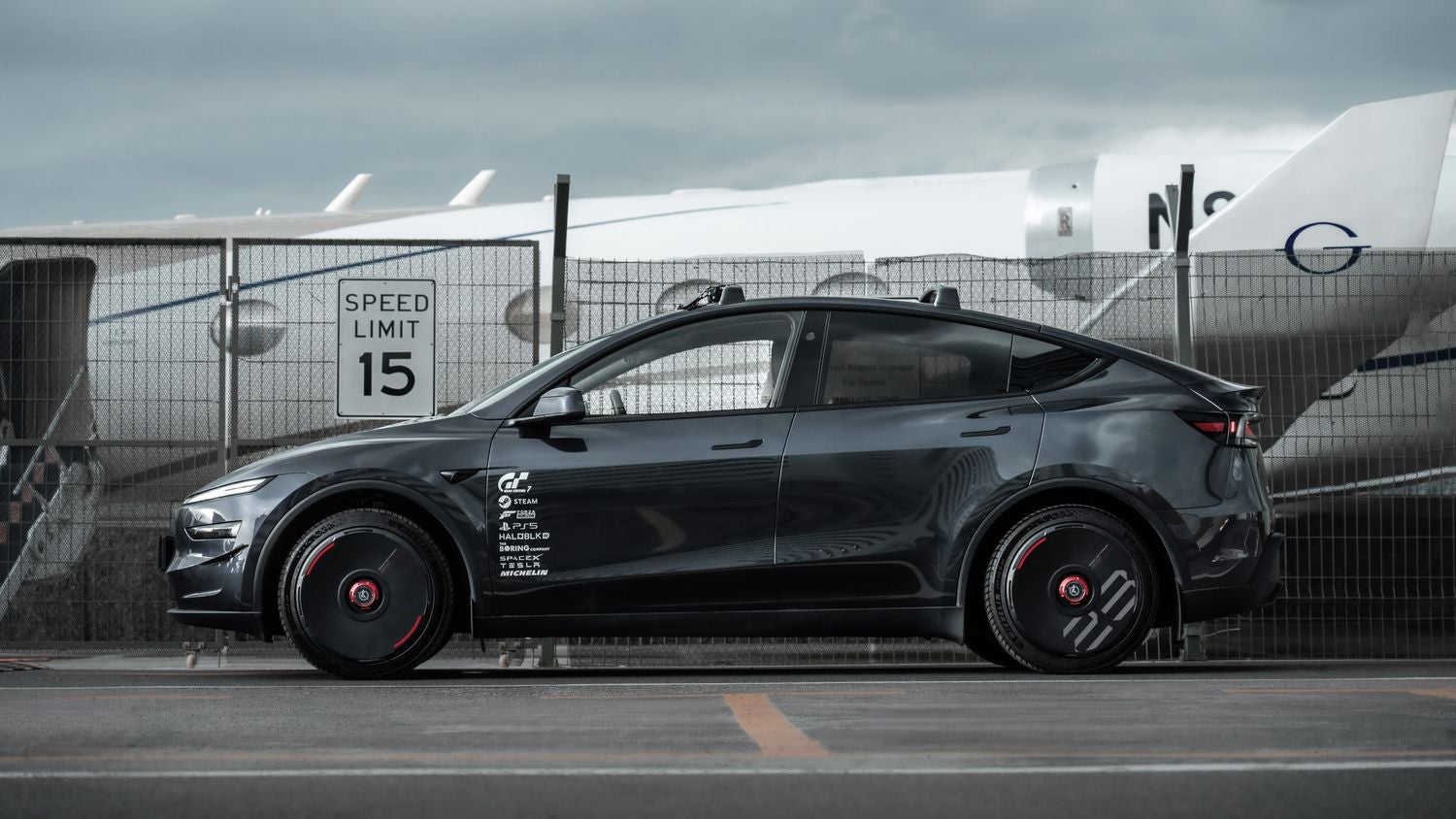
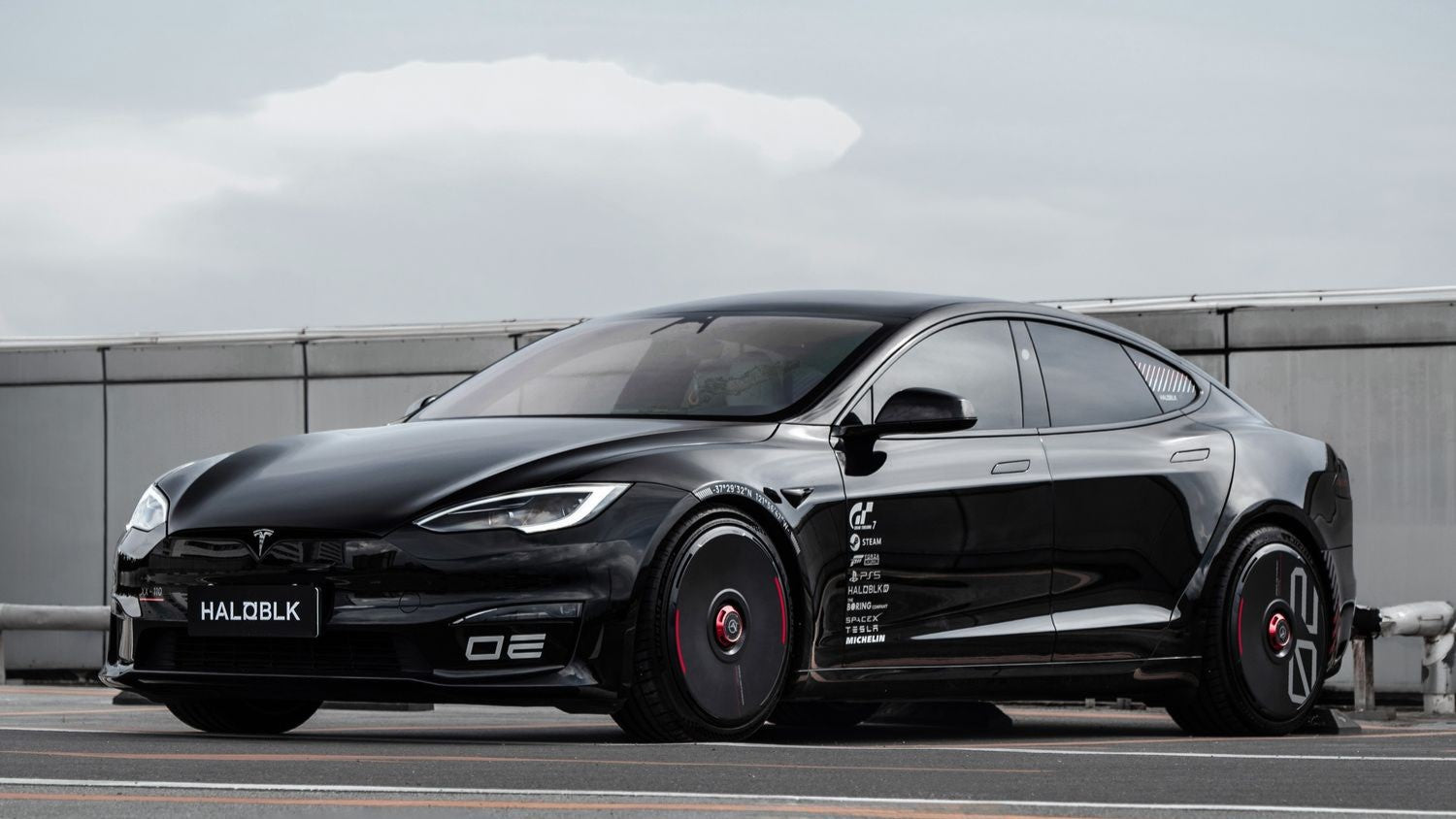
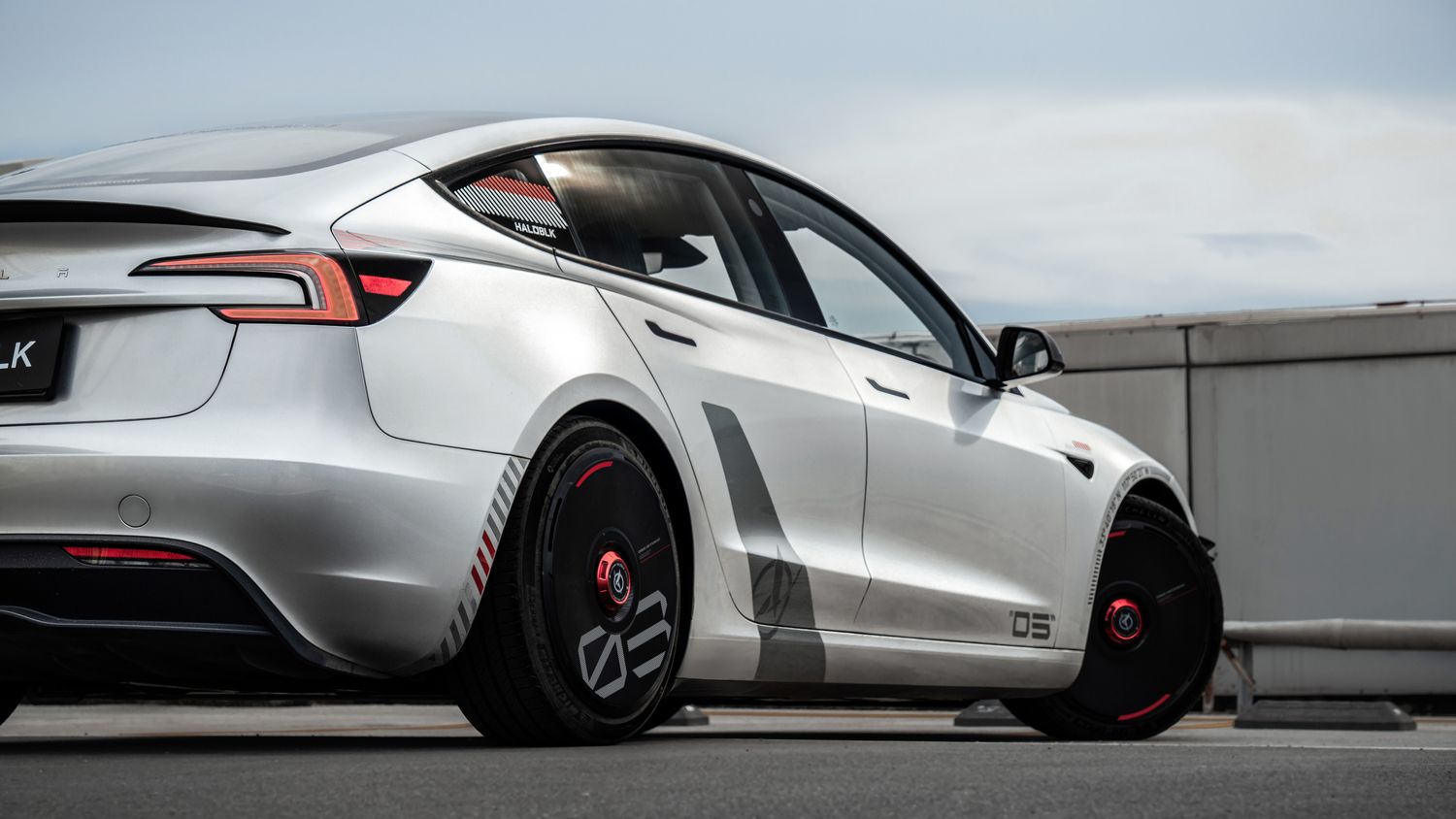
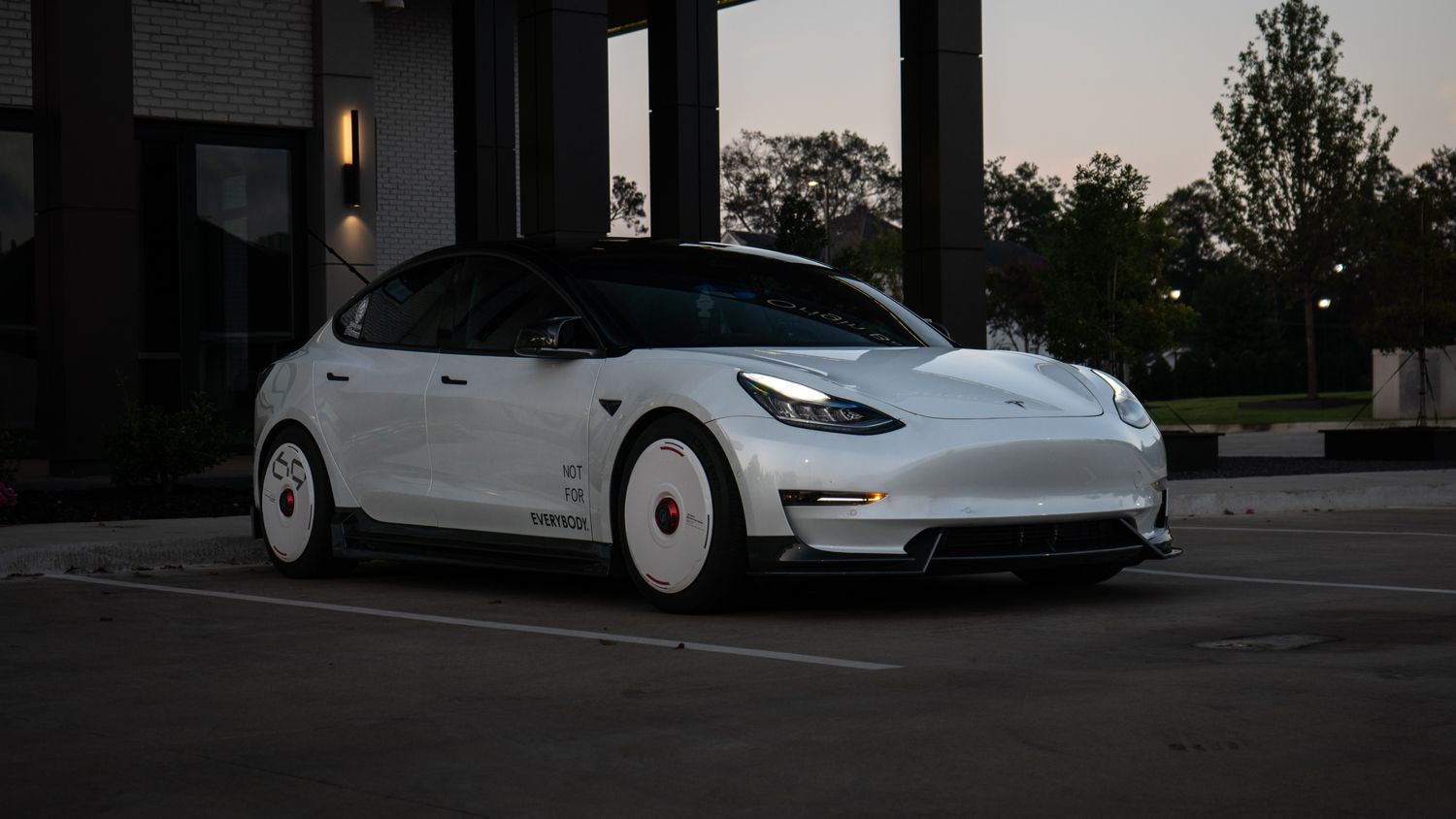
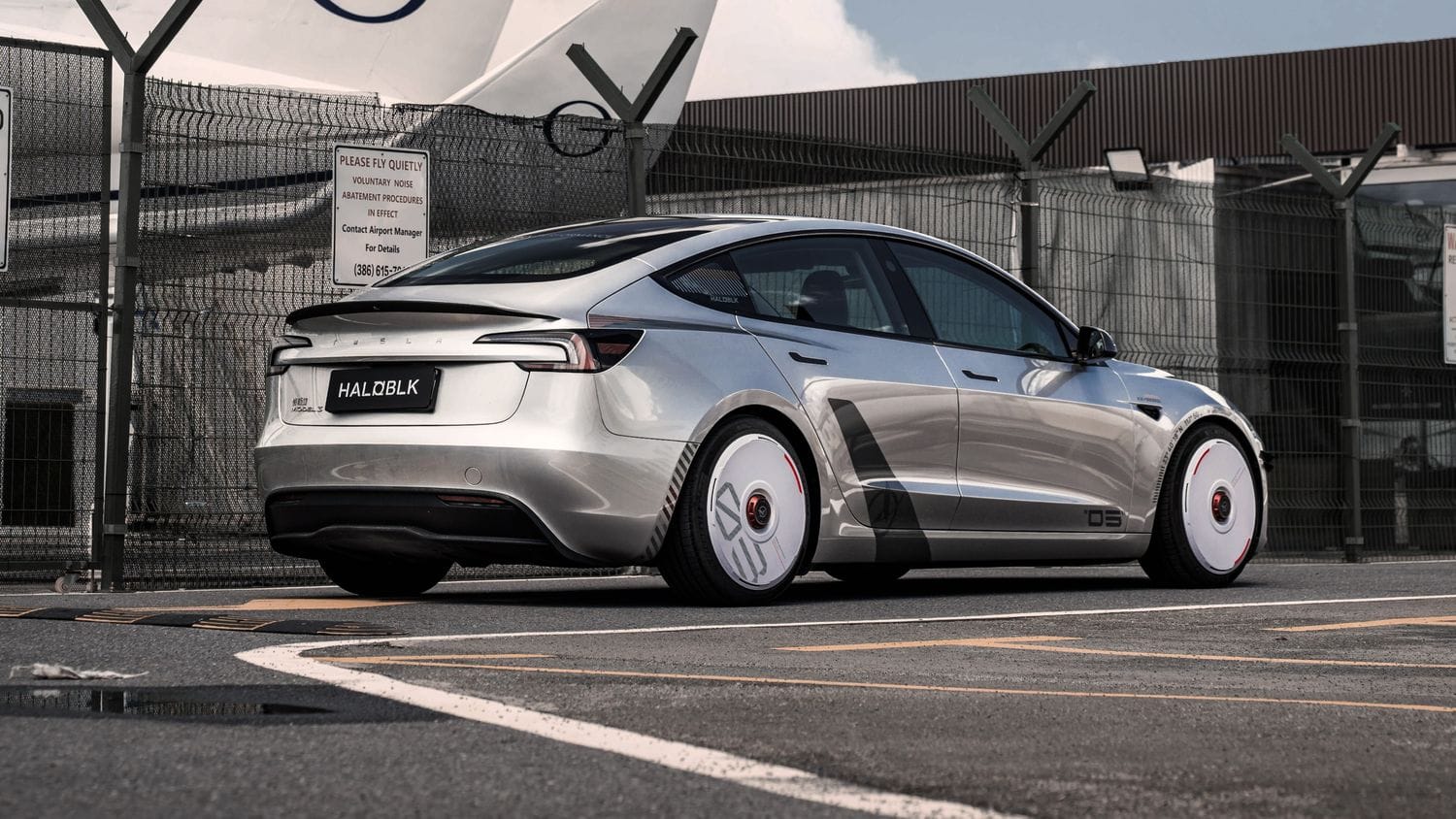
Enhance Your Tesla's Efficiency
Extended Range
Optimized airflow helps increase up to 10% range, letting you go farther on every charge.
Smoother Drive
Improvement in aerodynamics, reducing drag for a more efficient ride.
Quieter Rides
Precision-engineered to minimize wind noise for a peaceful journey.
Make It Yours
Pick any 00–99 and add optional engraving (up to 30 characters).
Your Number, Your Story.
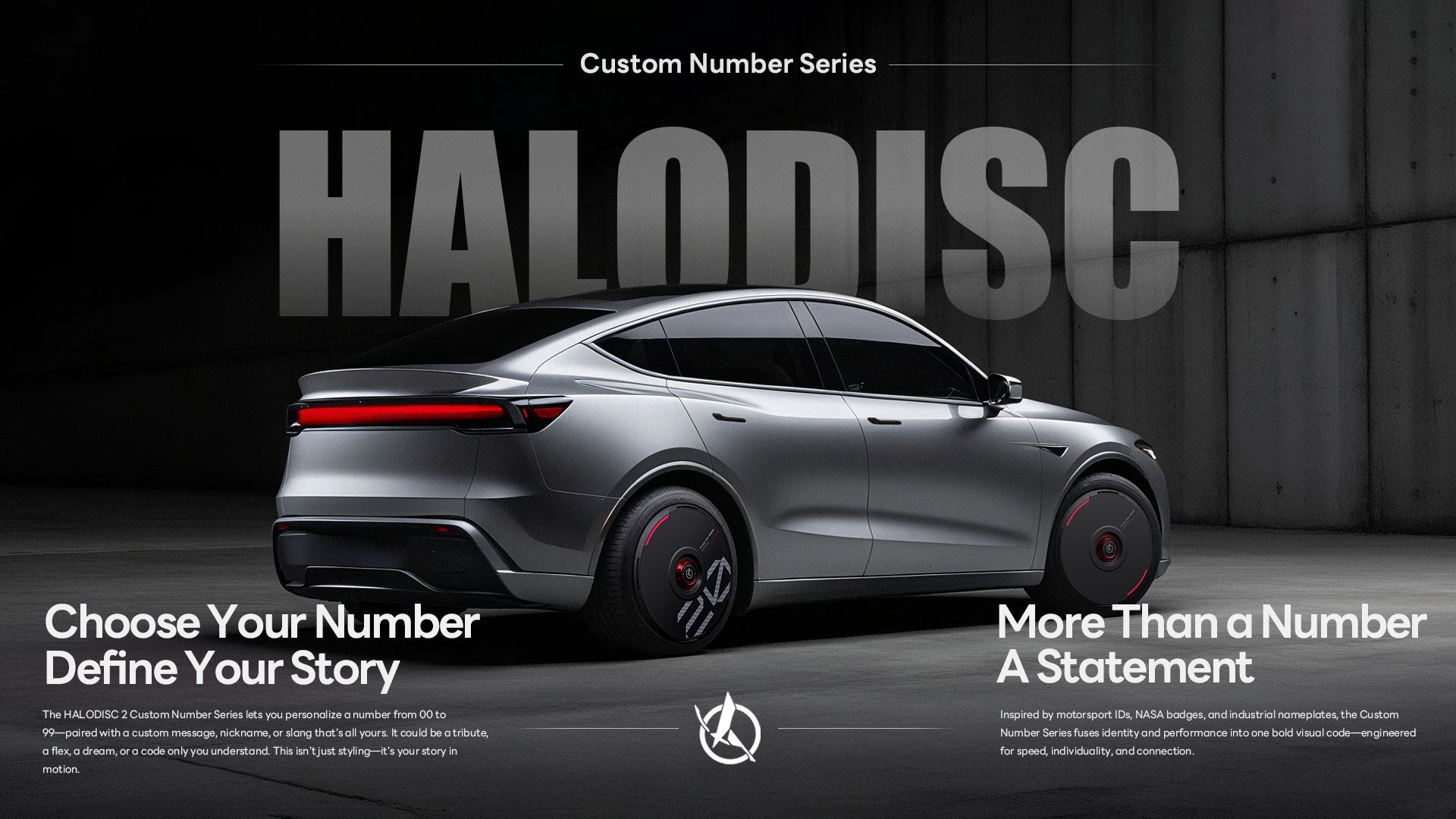

HALODISC 2: CFD-Proven Efficiency
- CFD comparison: HALODISC 2 vs. exposed wheels
- Smooth, closed face → calms wheel-well turbulence
- Tighter rear wake → lower overall drag
- At speed: better efficiency and stability
Note: Up to 10% saving in specific high-speed crosswinds; results vary by speed, yaw, tires, road.
Choose Your Number
00-99
The "HALODISC 2 - CUSTOM NUMBERS SERIES" supports custom numbers from 00 to 99 - each one a reflection of something deeply personal, uniquely yours.
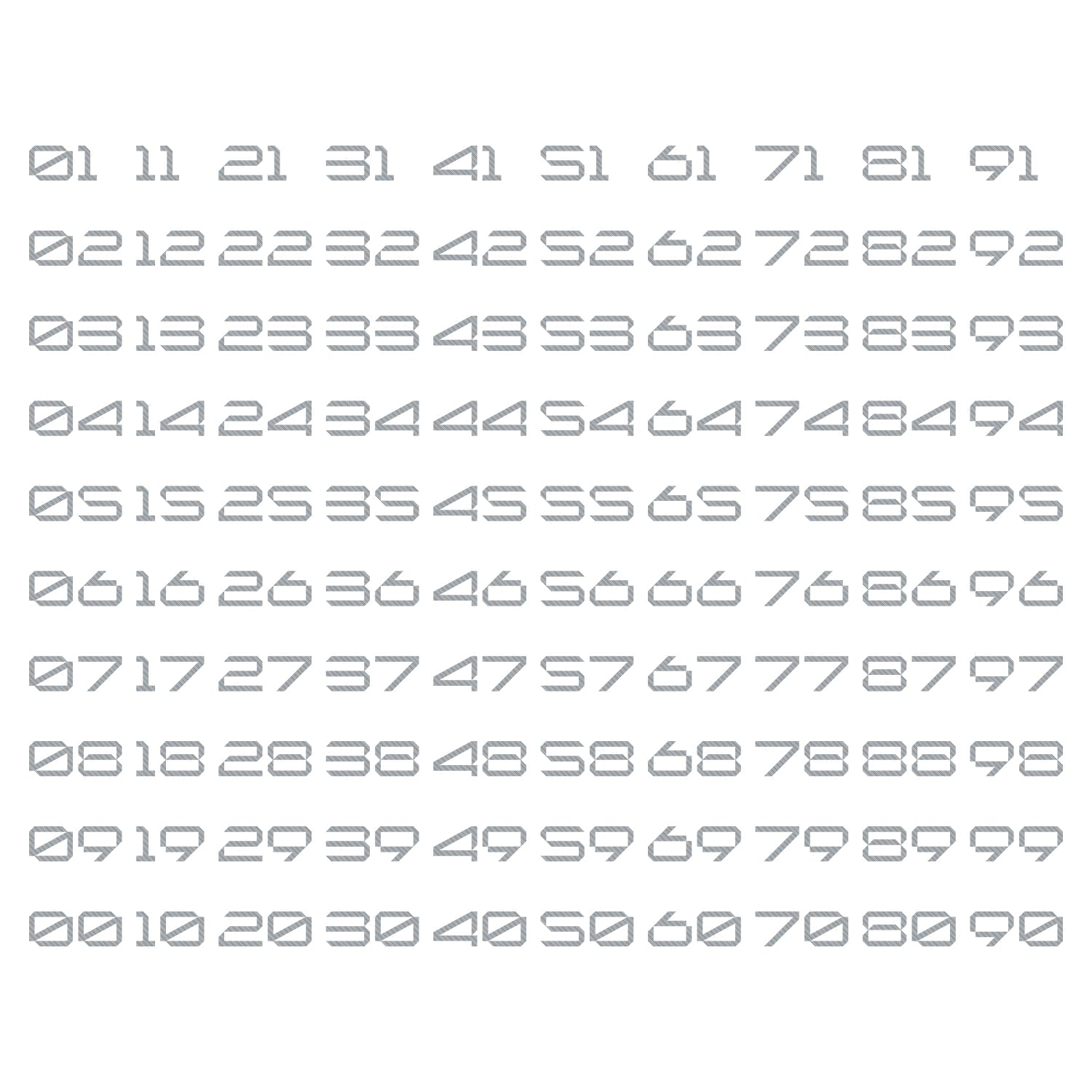
00–99 Number Preview
Pick any two-digit number 00–99 and we’ll apply it in this exact industrial typeface to your HALODISC 2.
- Rear wheels only: the same number on both rear wheel covers (fronts are non-numbered).
- Leading zeros supported: 00, 01, 07, 09… all valid.
Enter Your Text Customization
The "HALODISC 2 - CUSTOM NUMBERS SERIES" also supports custom text engraving - up to 30 characters, including spaces and punctuation. Express yourself freely: a heartfelt message, a solemn vow, words of belief, or even a playful joke. This single phrase will ride with you-miles beyond the ordinary.
Center Lock System
The HALOBLK Center Lock offers quick installation with its modular design, saving time and effort. The zinc lock core and 304 stainless steel bearing ensure stability at high speeds. Made with durable POM material and a rubber anti-slip gasket, it resists impact, reduces friction, and protects your wheels.
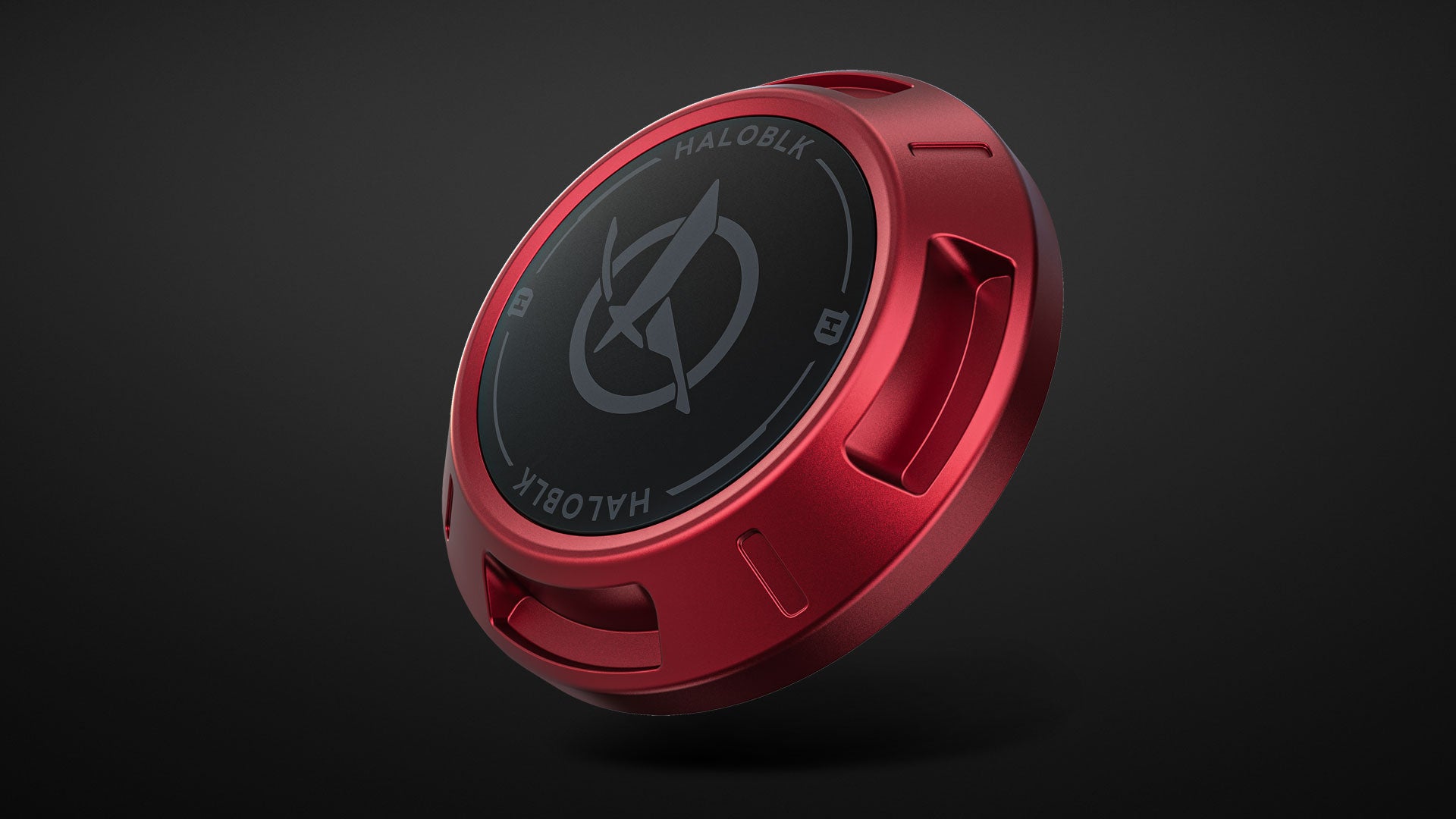
HALODISC Cap in a New Finish
The HALODISC Custom Numbers proudly debuts a unique 'Metallic Red' cap finish. This distinctive cap results from an advanced five-layer electroplating process, which ensures a radiant and refined brilliance that is captivating from every angle.
Upgrade Your Wheels in Just 30 Seconds
Installing HALODISC 2 is a breeze—no expertise needed. With the included center lock tool, you can attach or remove it in just 30 seconds. Effortless, secure, and time-saving, it’s the easiest way to transform your wheels and elevate your driving experience!
Rock Solid – No Shakes, No Worries
HALODISC 2, powered by the HALOBLK Center Lock mechanism, stays firmly in place no matter the speed or terrain. From smooth highways to bumpy roads, enjoy unmatched stability and a worry-free drive every time. Precision-engineered for those who demand reliability.
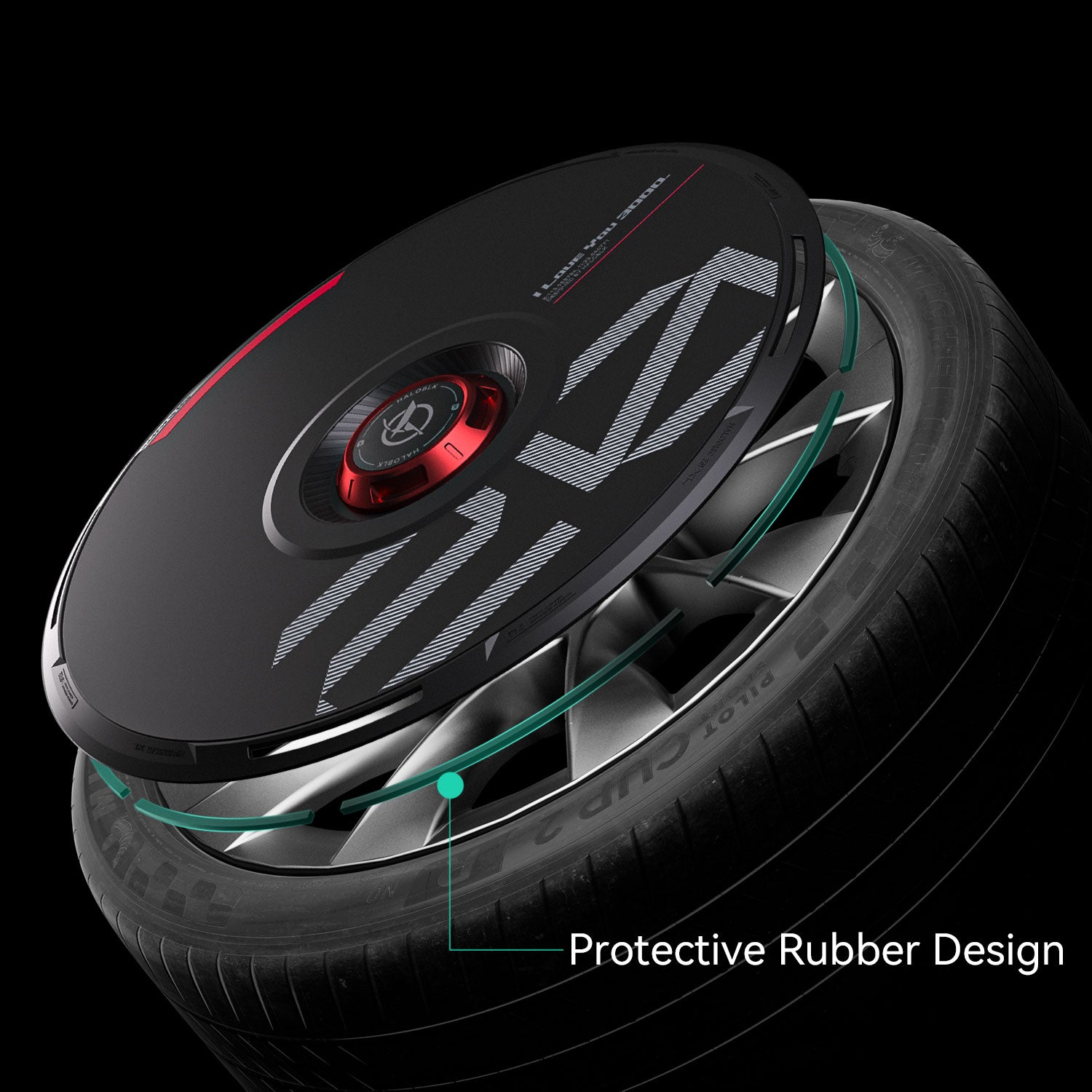
Protect and Stabilize – Long Lasting
HALODISC 2 features a protective rubber base that fits securely along the rim, reducing friction, preventing scratches, and guarding against wear. This design ensures a stable, non-slip fit for enhanced safety while driving.
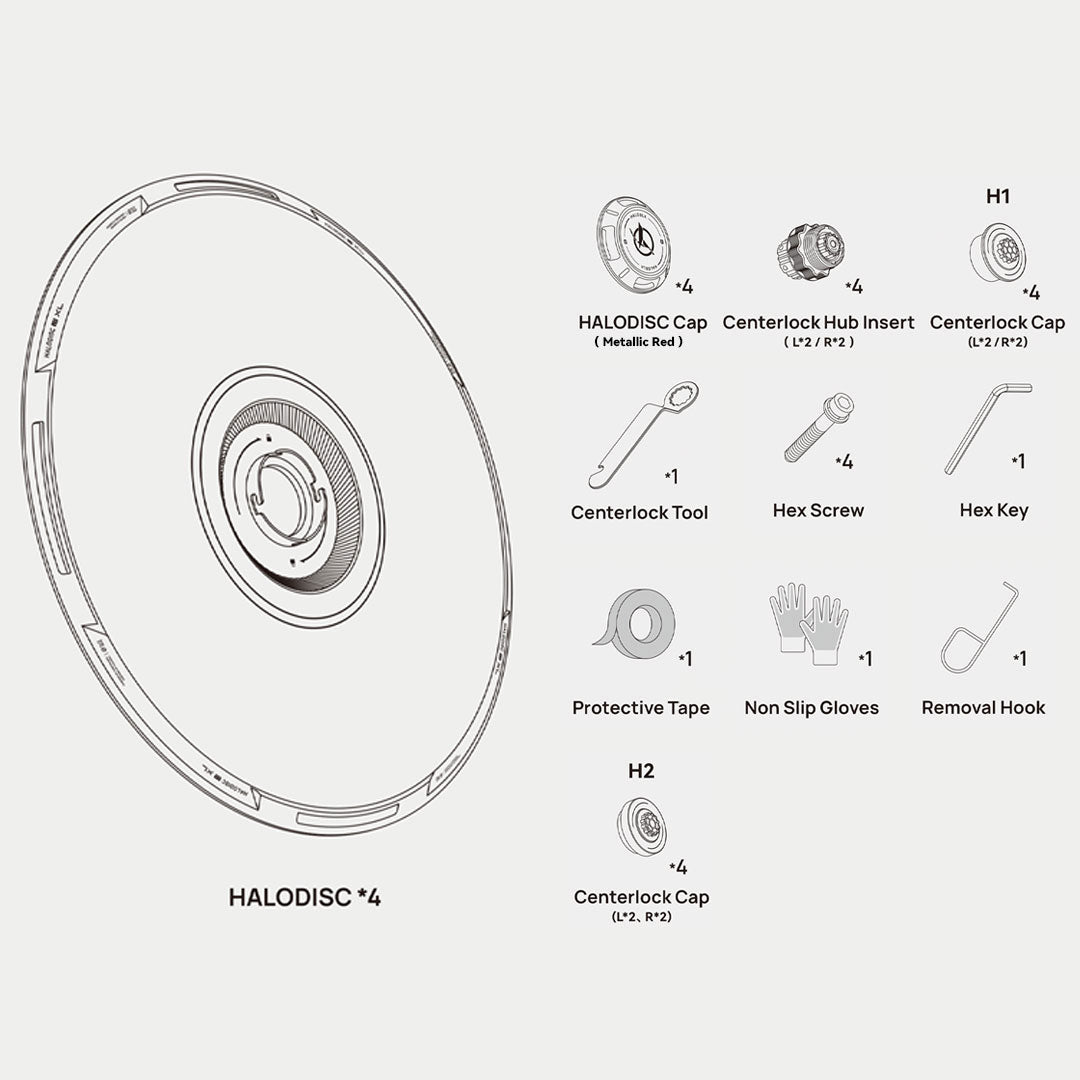
Product Description
HALODISC *4
1/4 Inch Hex Key * 1
Removal Hook * 1
Non-Slip Gloves * 1 Pair
HALODISC Cap - Metallic Red * 4
Centerlock Hub Insert * 4
Centerlock Cap * 4
Centerlock Tool * 1
Protective Tape *1
100 Years of Wheel Covers From Racing to EVs
Unboxing & Install
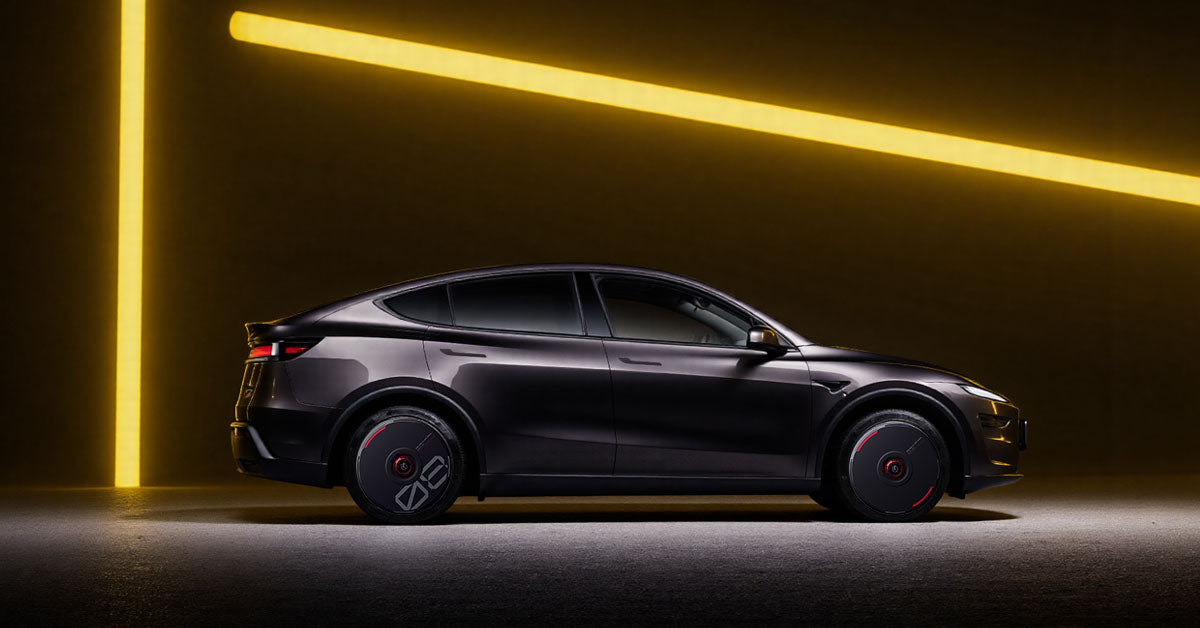
Questions & Answers
Have a Question?
Be the first to ask a question about this.
FAQ – HALODISC 2 Wheel Covers for Tesla
Are these Tesla hubcaps compatible with all Tesla models?
Yes. HALODISC 2 wheel covers are designed as universal-fit Tesla hubcaps that work with all Tesla wheel types, including Model 3, Model Y, Model S, and Model X. Each set includes hub caps, lug nut covers, and a center cap for a complete and aerodynamic look. The flexible clip design ensures a secure and easy installation across different wheel bases.
How do I install the HALODISC 2 wheel covers?
Installation takes only a few minutes.
Simply remove your existing Tesla wheel cap kit, align the clips of the HALODISC wheel cover with the rim, and press firmly until you hear a click. No special tools are required. A detailed installation guide is included with every product.
Do these wheel covers affect range or aerodynamics?
No. The HALODISC aero wheel covers maintain Tesla’s aerodynamic design for optimal performance. In fact, their lightweight construction and aerodynamic form can slightly improve efficiency at highway speeds compared to exposed alloy wheels.
What materials are these hub caps made of?
Each HALODISC Tesla hubcap is made of high-impact ABS plastic with a UV-resistant matte coating, ensuring long-term durability, color retention, and resistance to cracking or fading in harsh conditions.
Can I use these Tesla wheel covers in winter or during car washes?
Yes. The HALODISC 2 hubcaps are designed for all-season use, including rain, snow. The reinforced clip design keeps the wheel covers secure even under high-pressure water or extreme temperatures.
What’s included in the Tesla wheel cap kit?
Every set includes:
- 4× HALODISC 2 wheel covers
- 4× Tesla center caps
- 20× lug nut covers
- Optional custom number badge (exclusive to HALOBLK)
This full wheel cover kit ensures a seamless and complete Tesla design upgrade.
What makes HALODISC 2 different from standard Tesla hubcaps?
Unlike standard aero covers, HALODISC 2 offers:
- Customizable number badges
- Stronger clip retention system
- Premium matte texture finish
- Compatible with Tesla lug nut covers and wheel caps
It’s a design and durability upgrade that truly complements your Tesla’s style.
Will these wheel covers fit aftermarket Tesla wheels?
They are specifically designed for OEM Tesla aero wheels. If your wheels are aftermarket, please confirm the spoke layout and inner diameter before ordering.
Can I buy in bulk or as a single replacement wheel cover?
Yes. HALOBLK supports bulk orders for resellers or fleet owners, and also provides single replacement units. Contact our support team via the “Request a Quote” button for custom or wholesale pricing.
Questions & Answers
Have a Question?
Be the first to ask a question about this.

